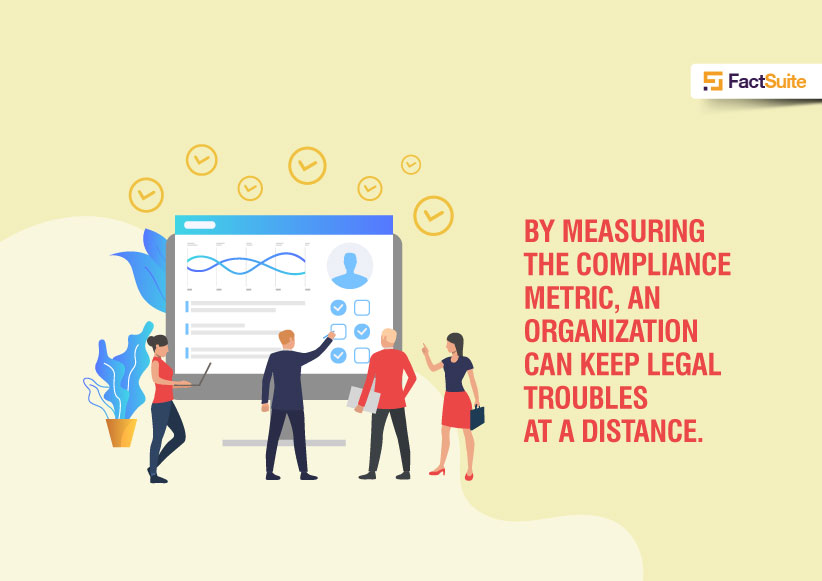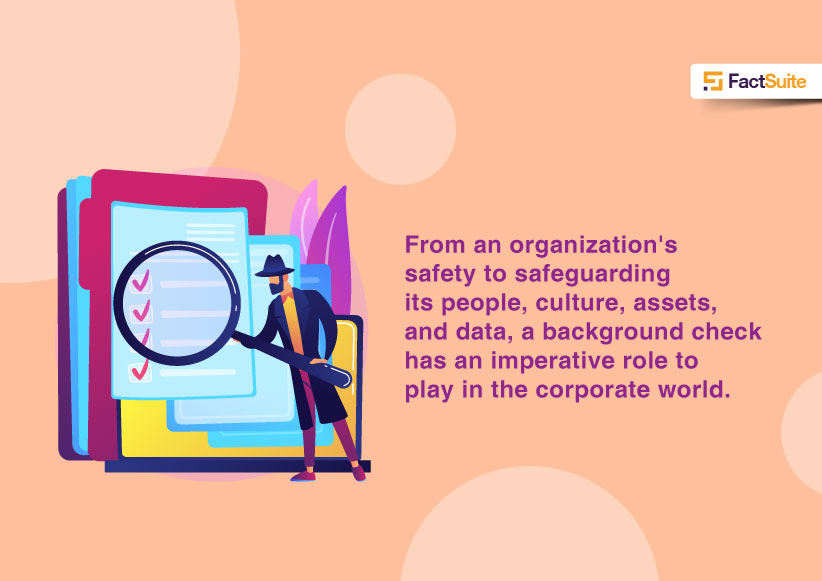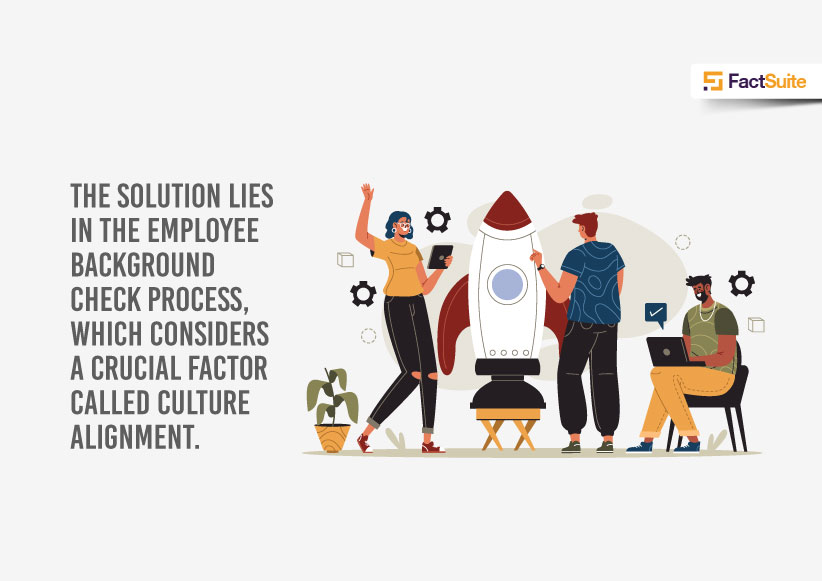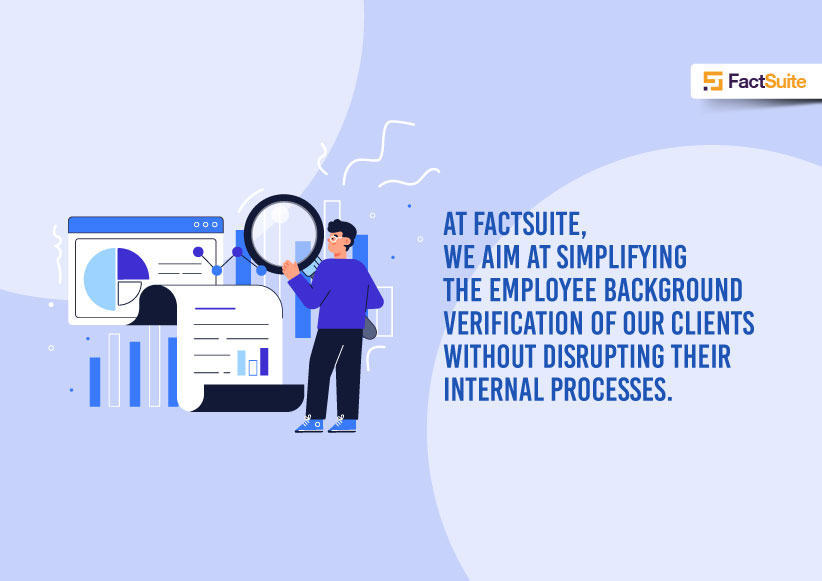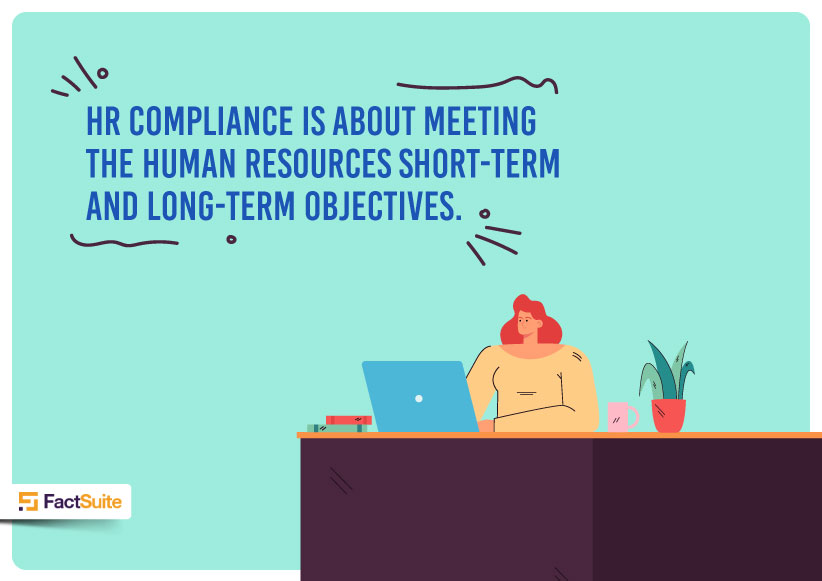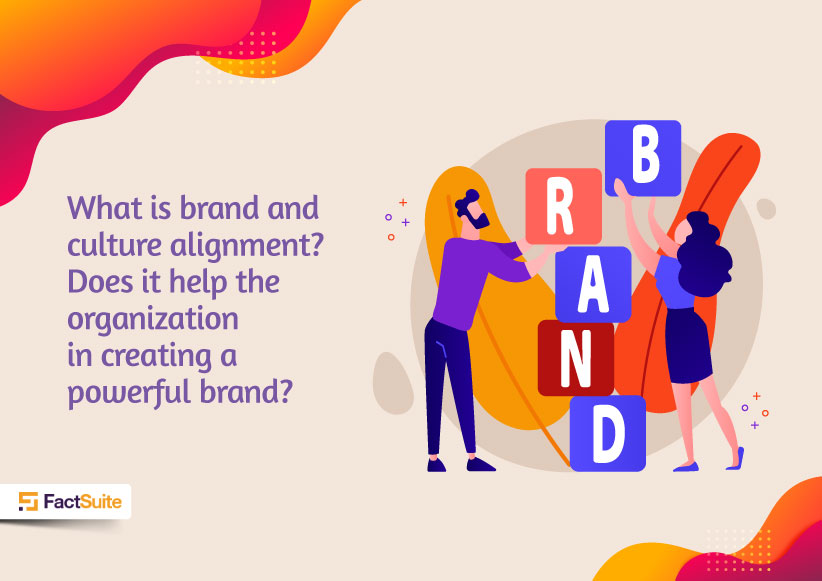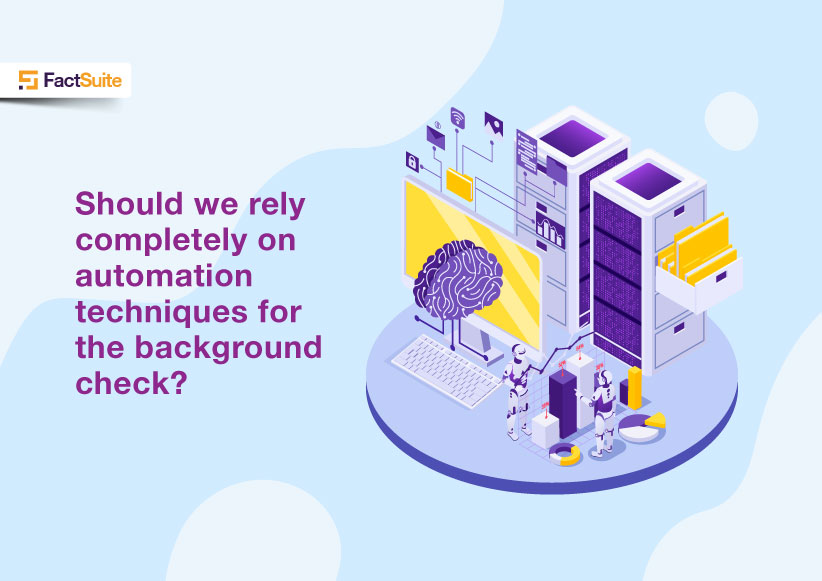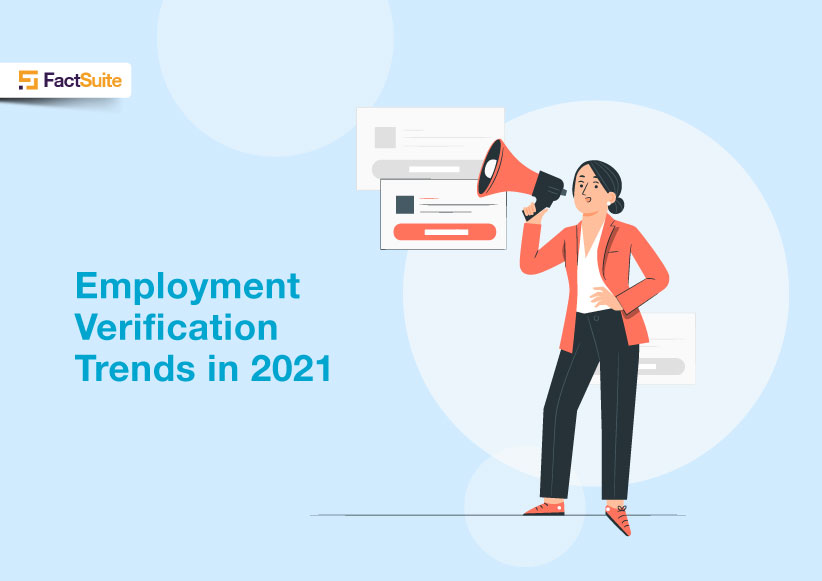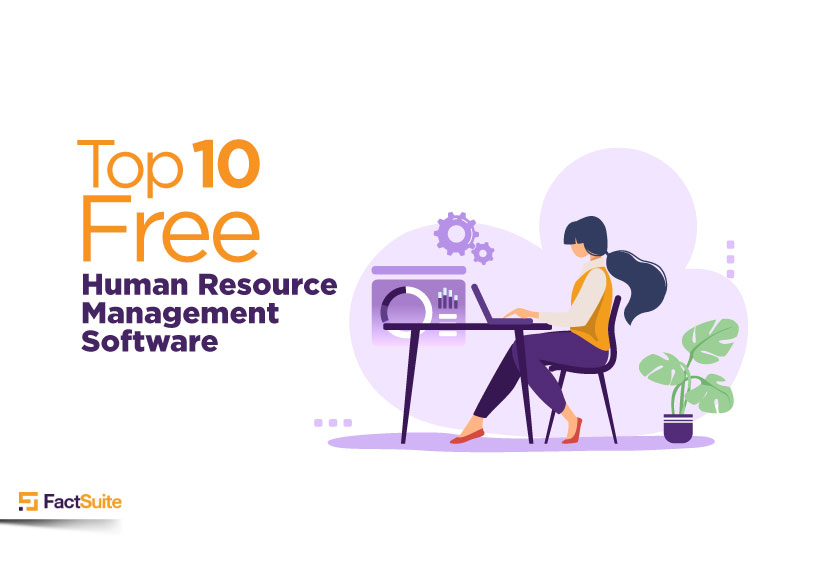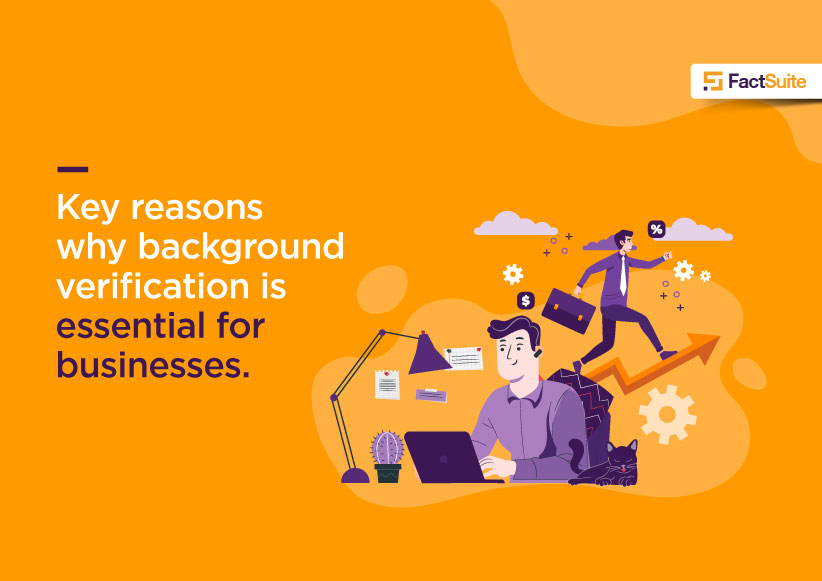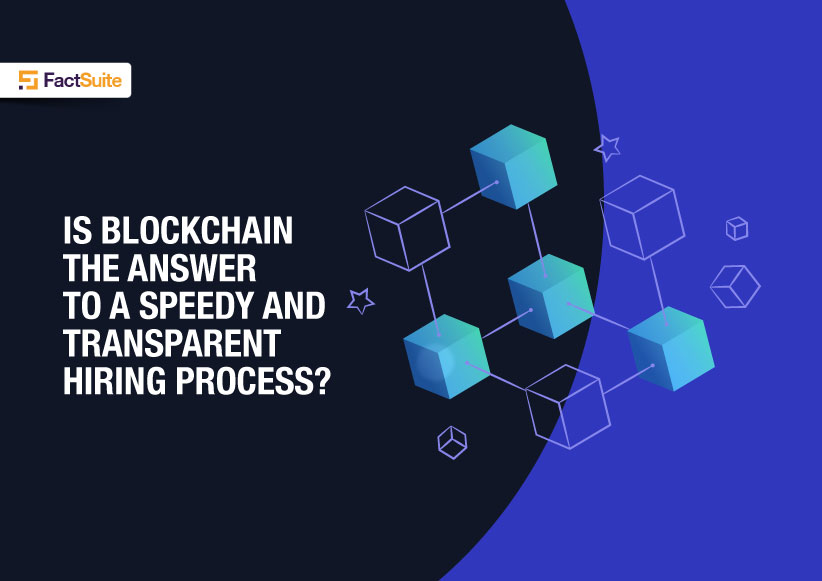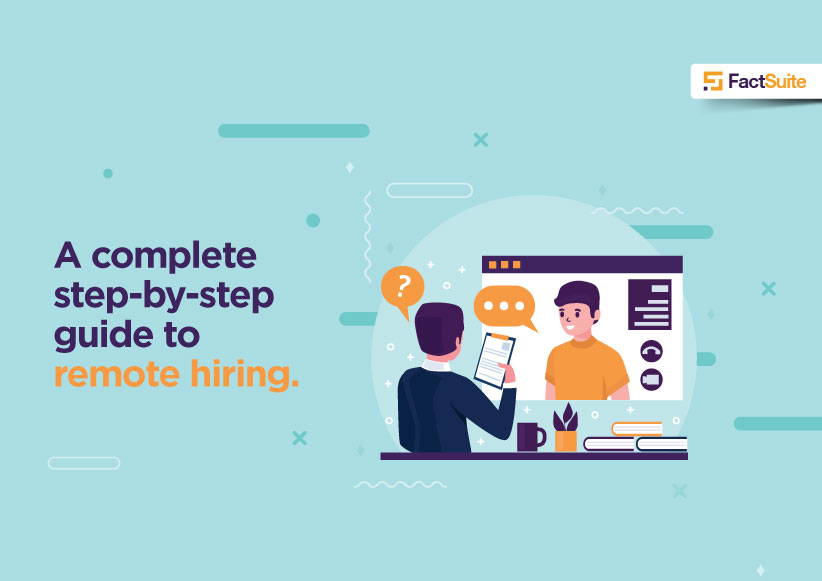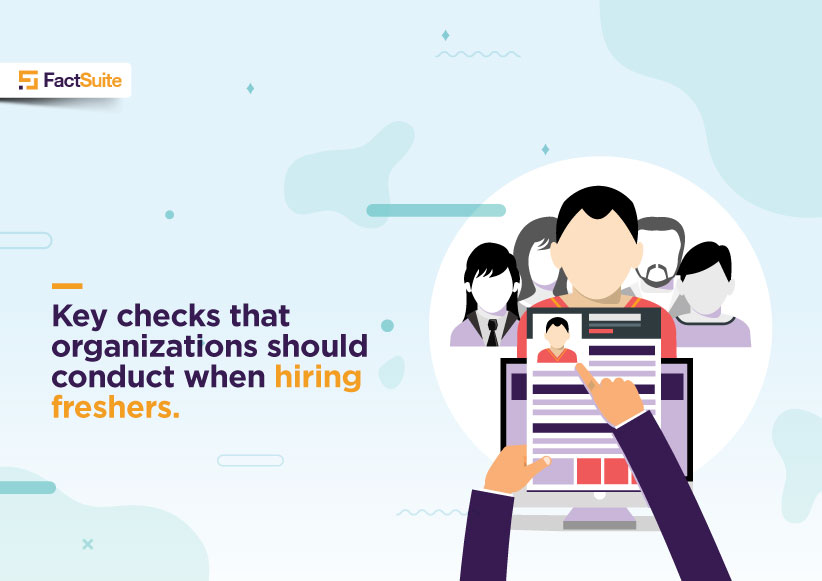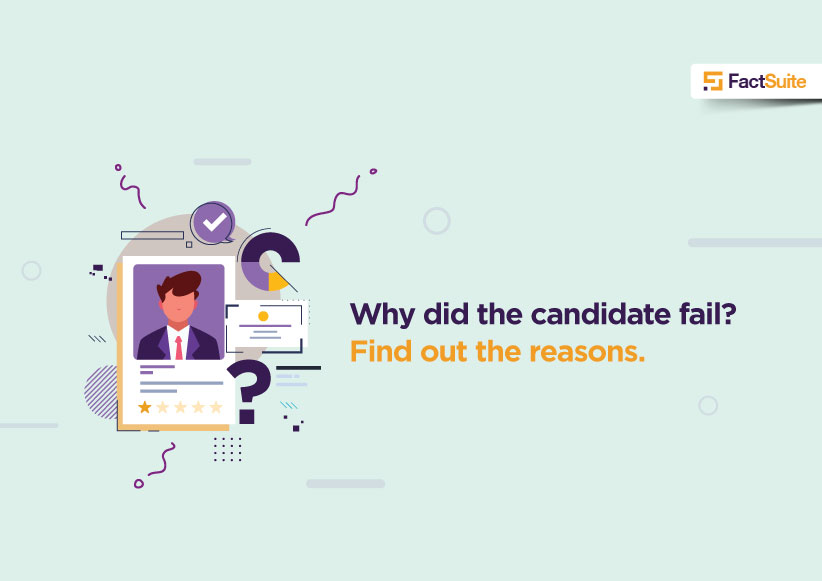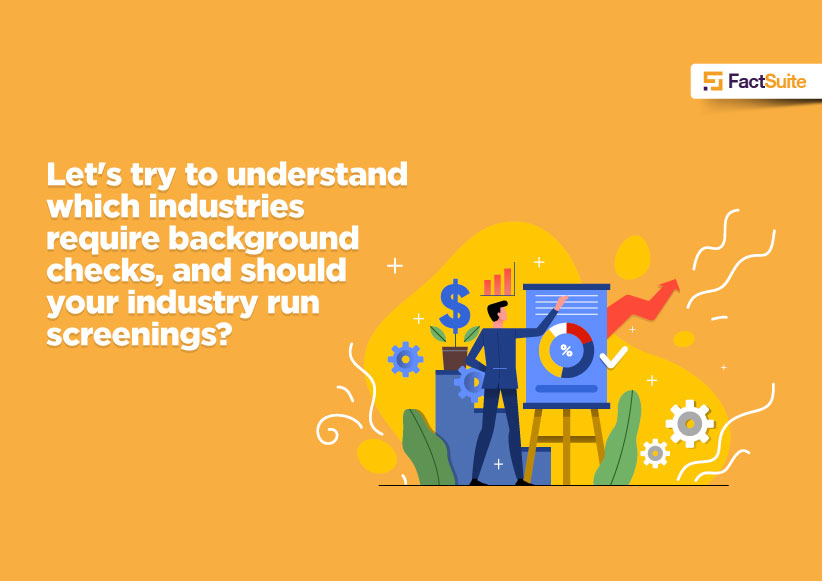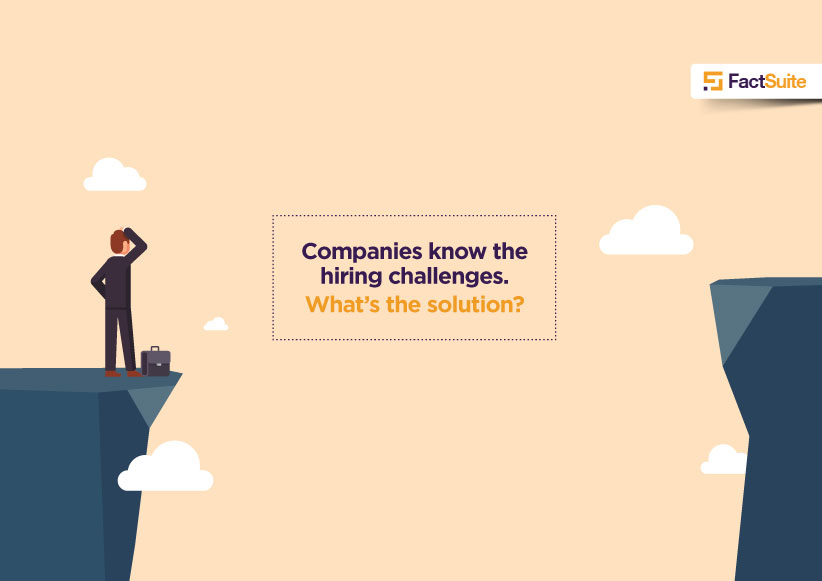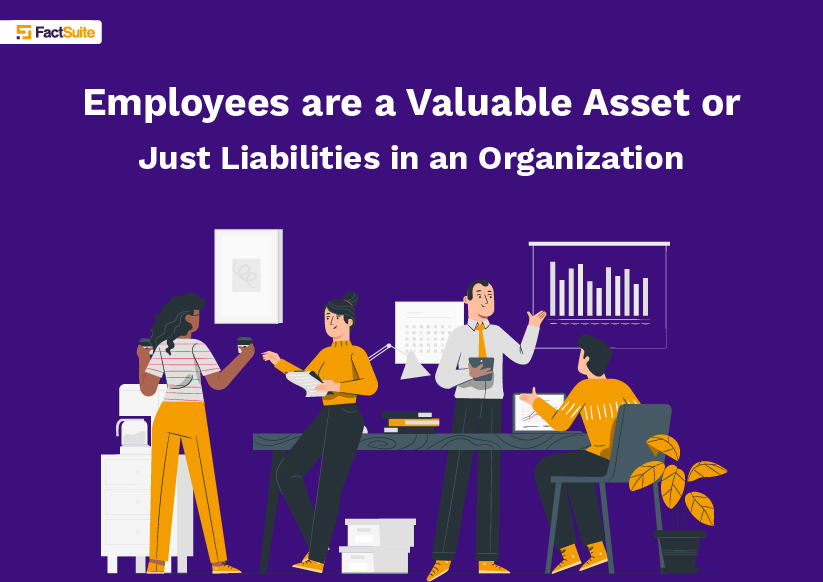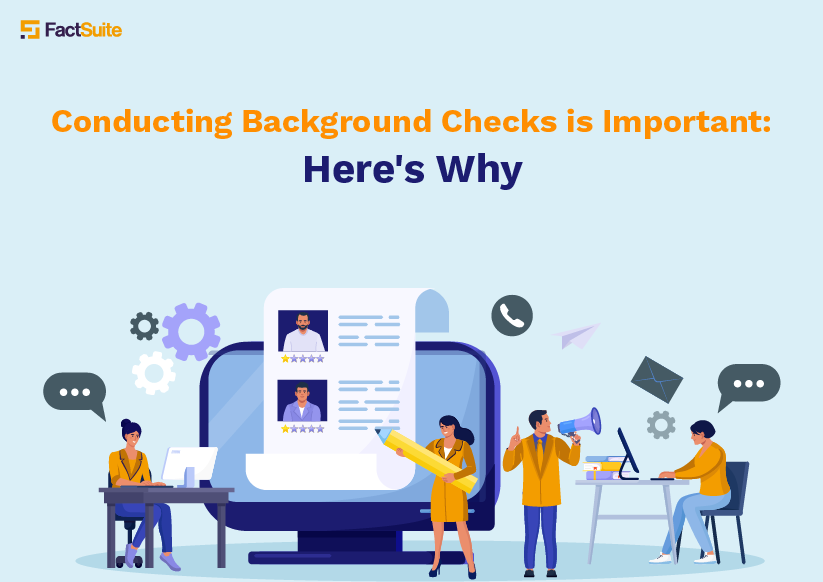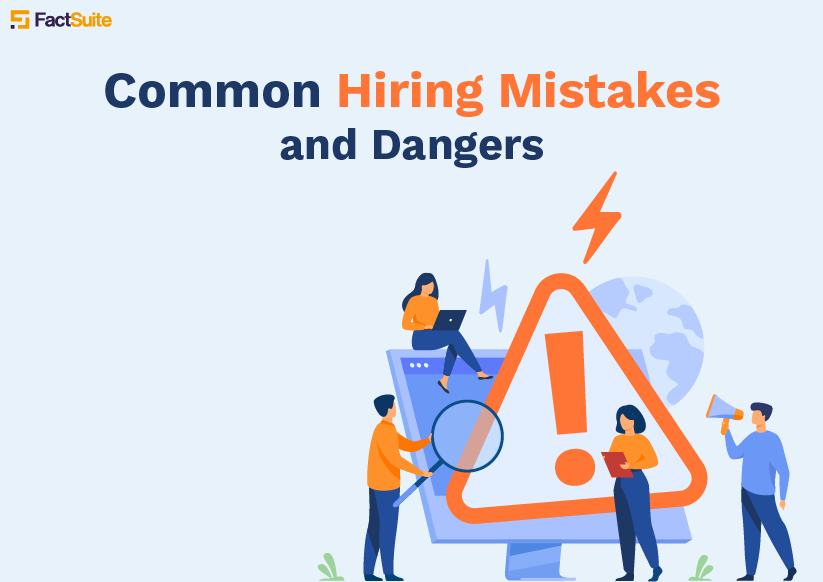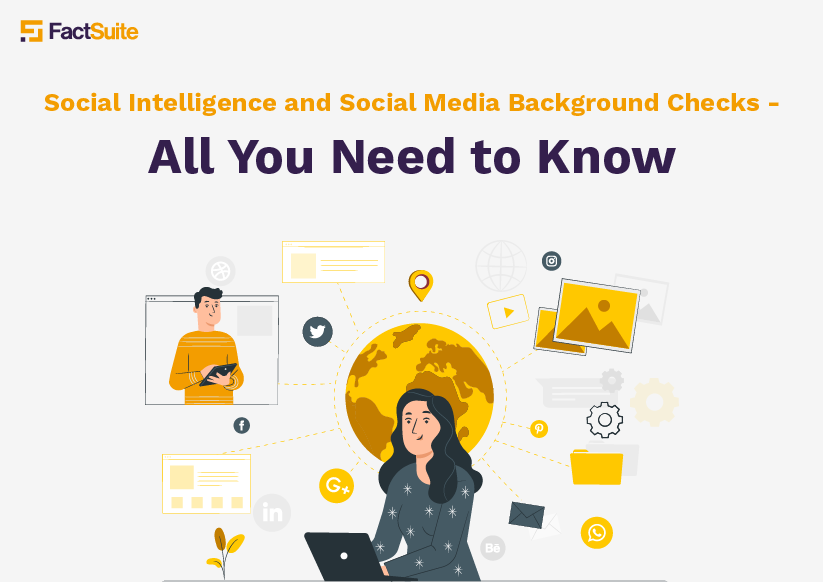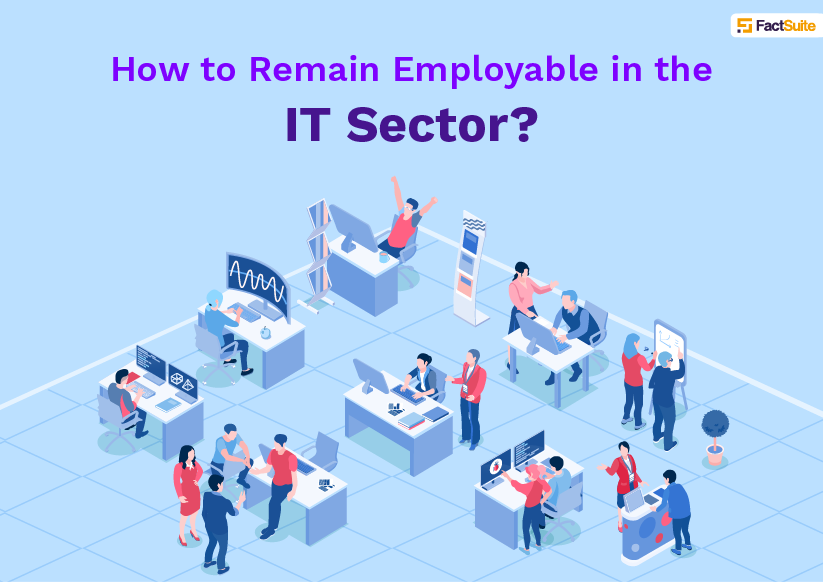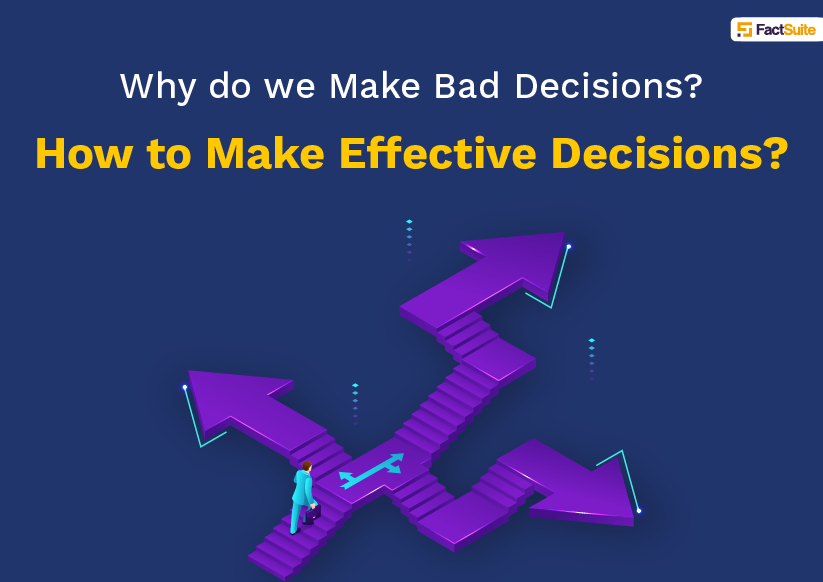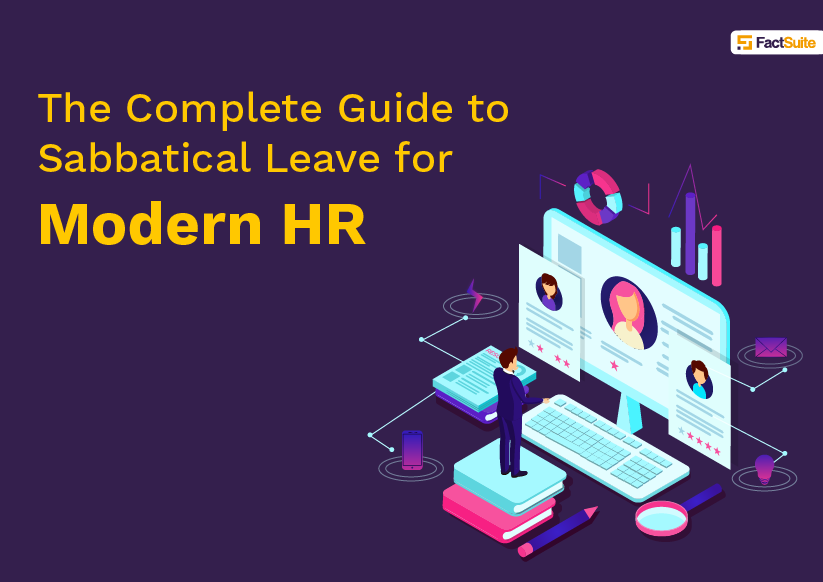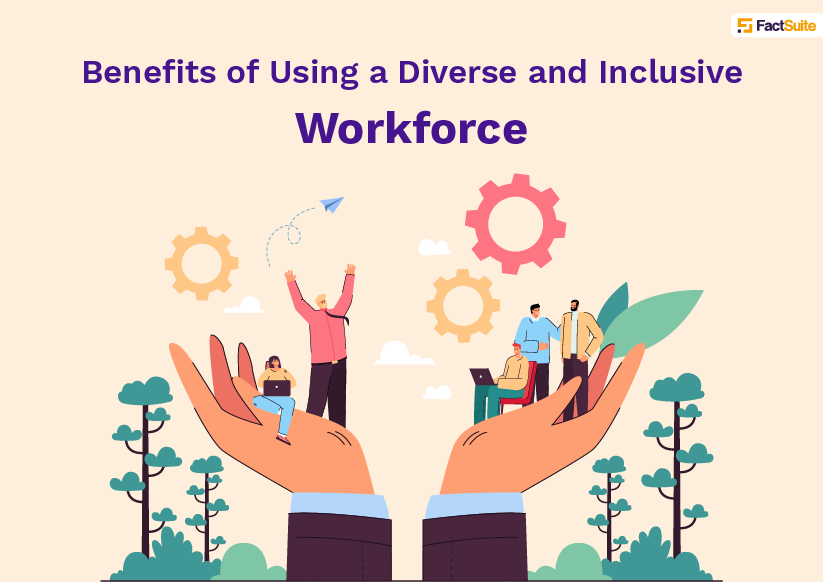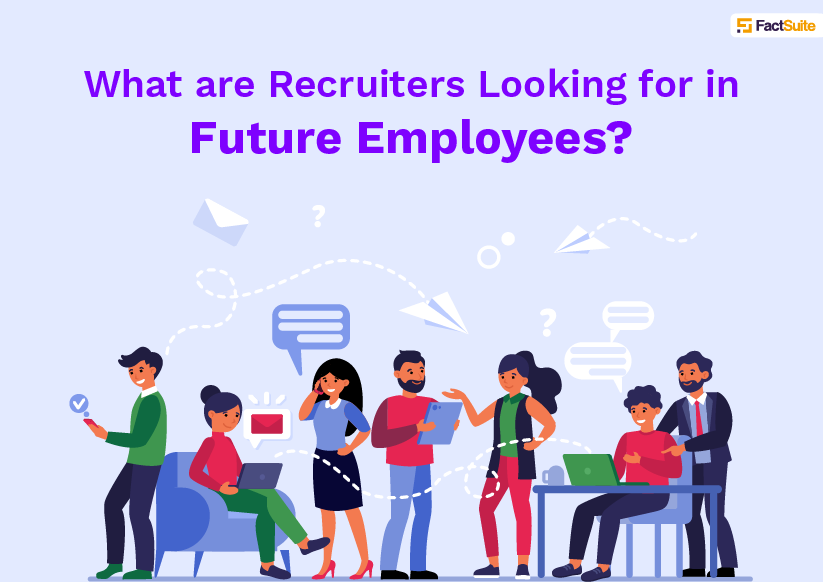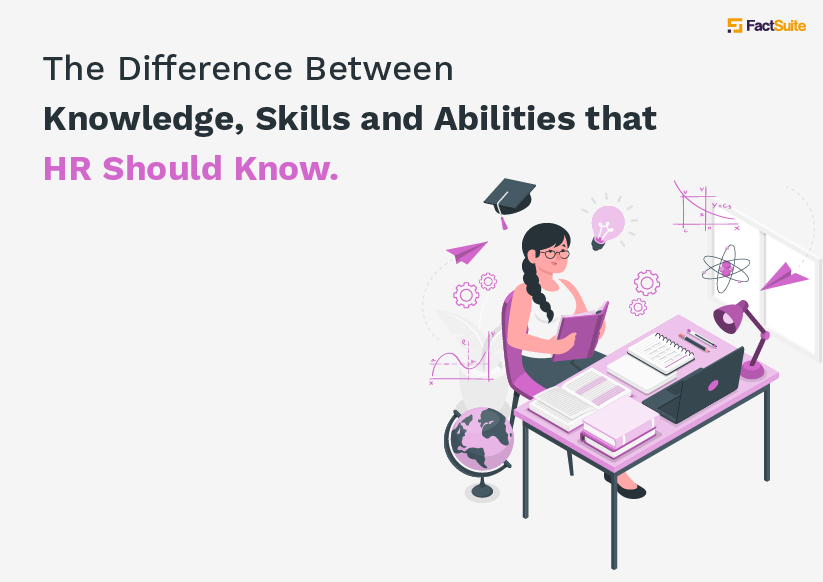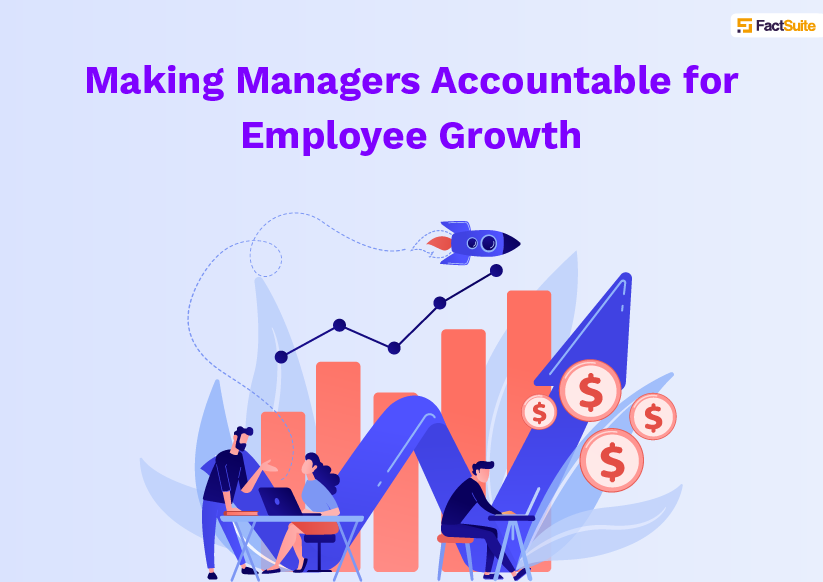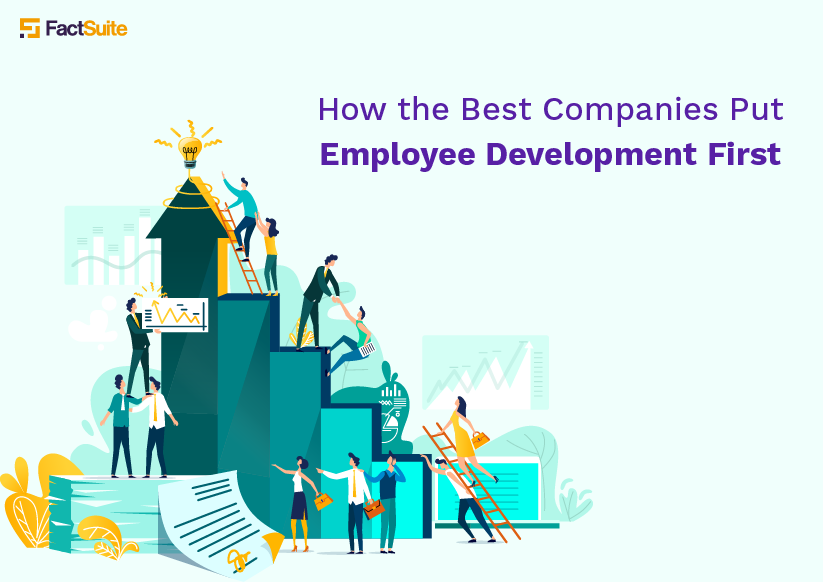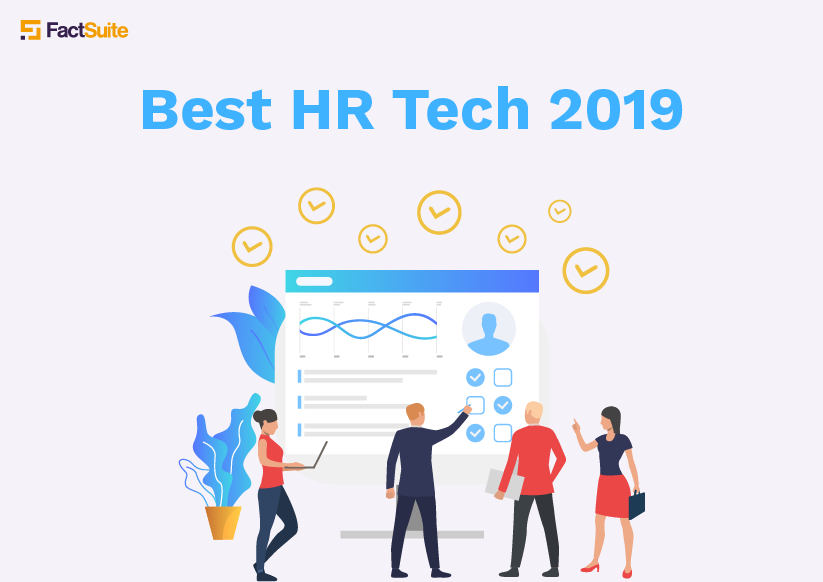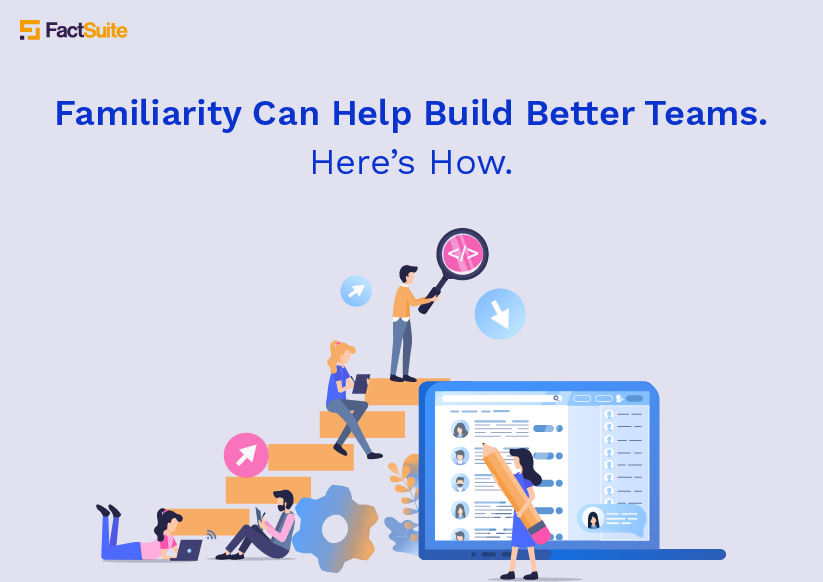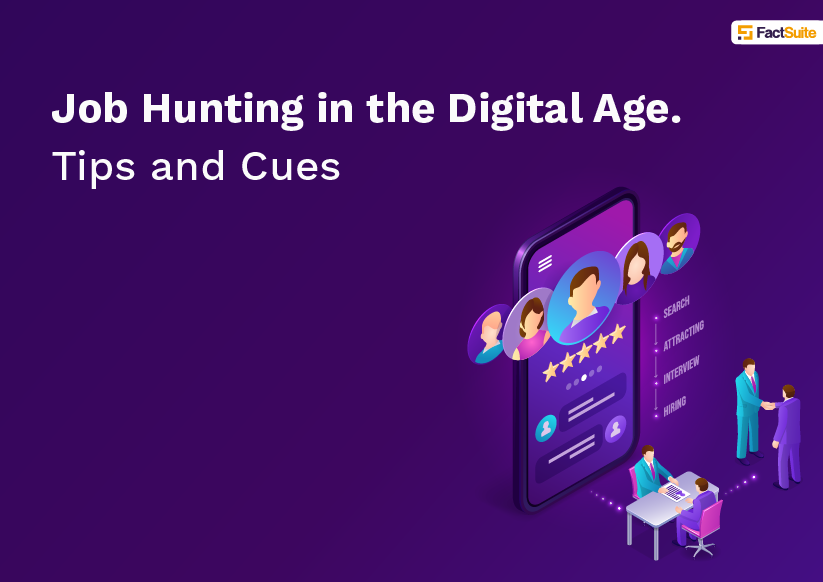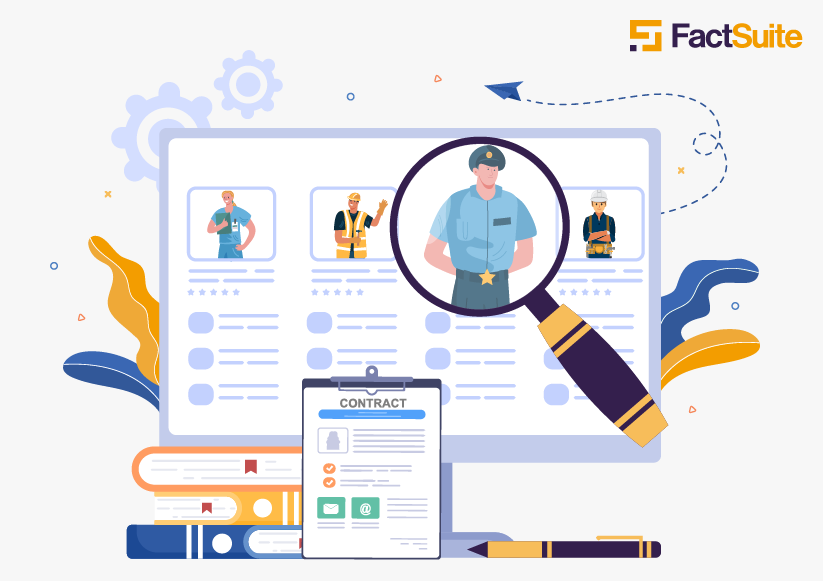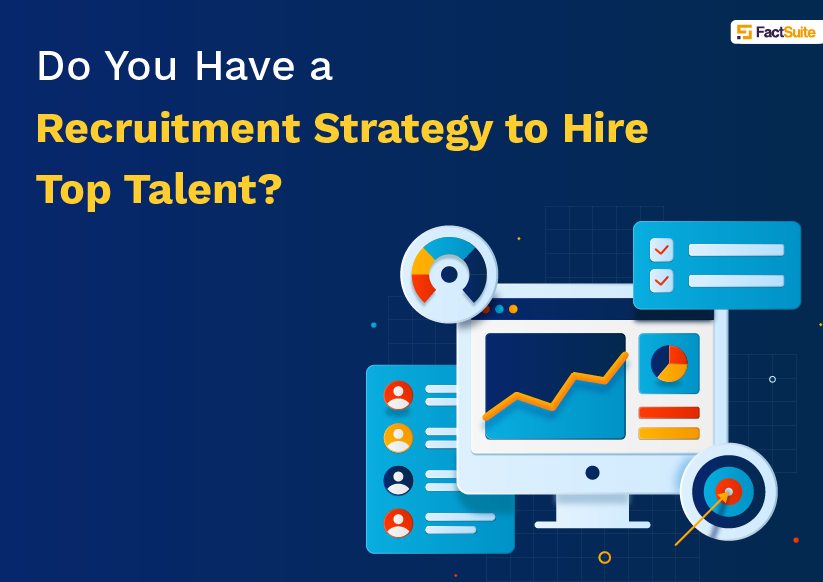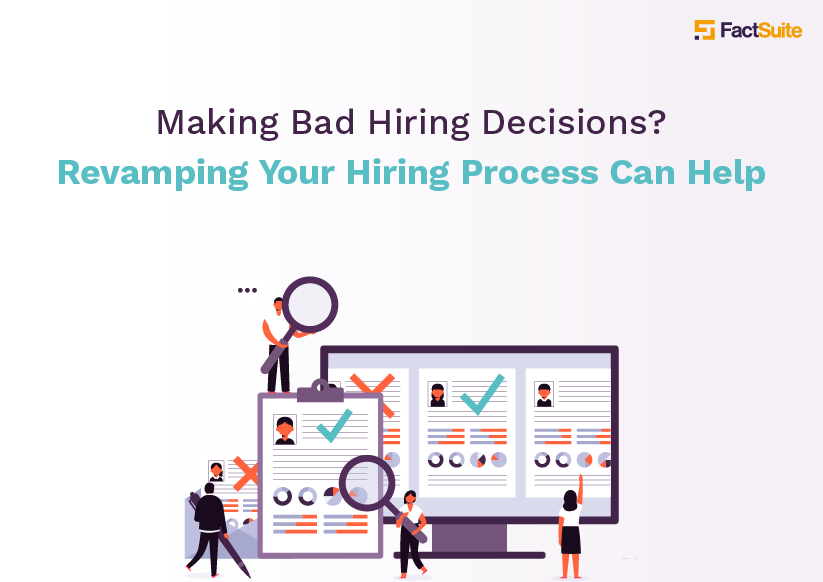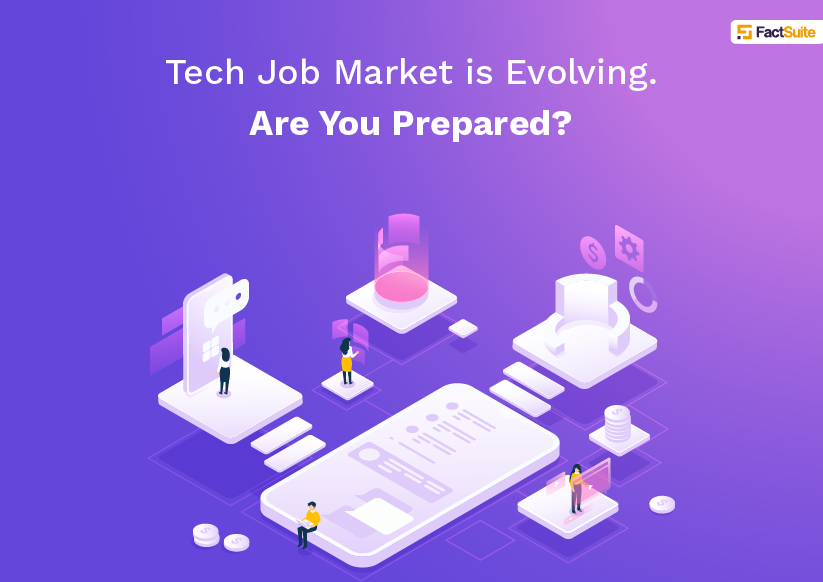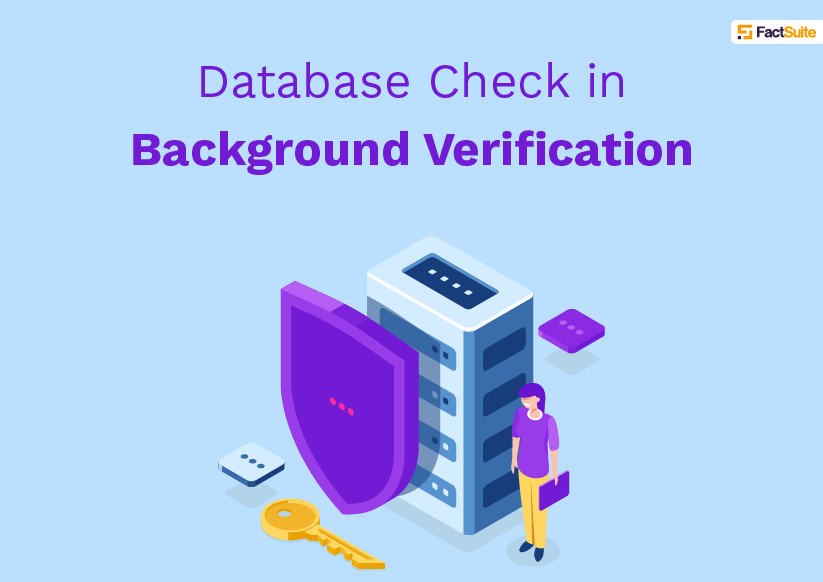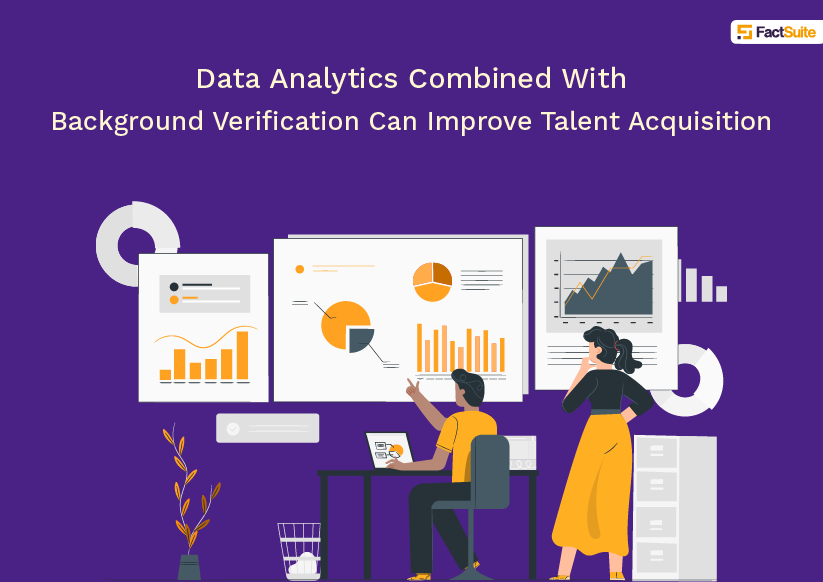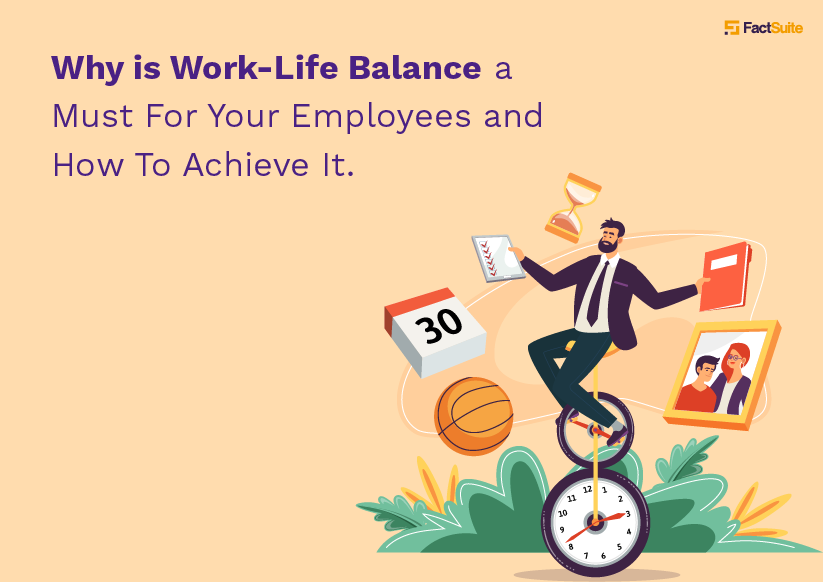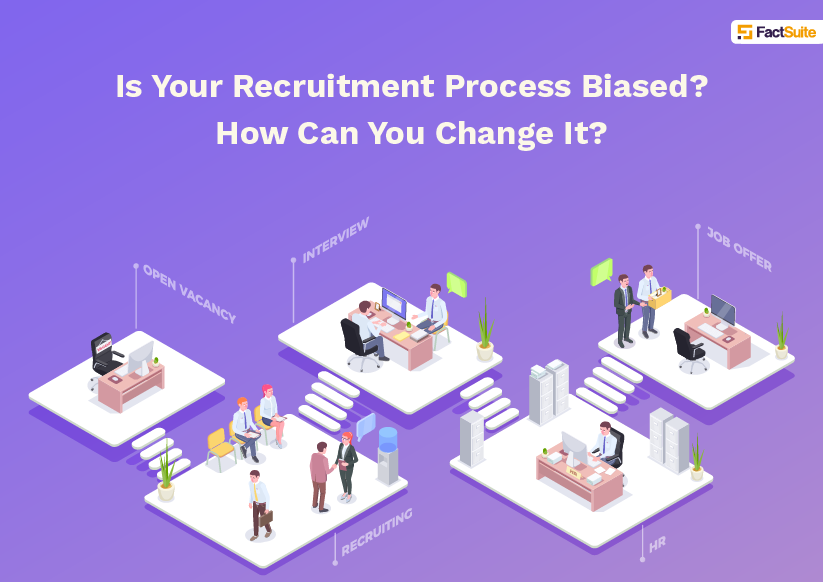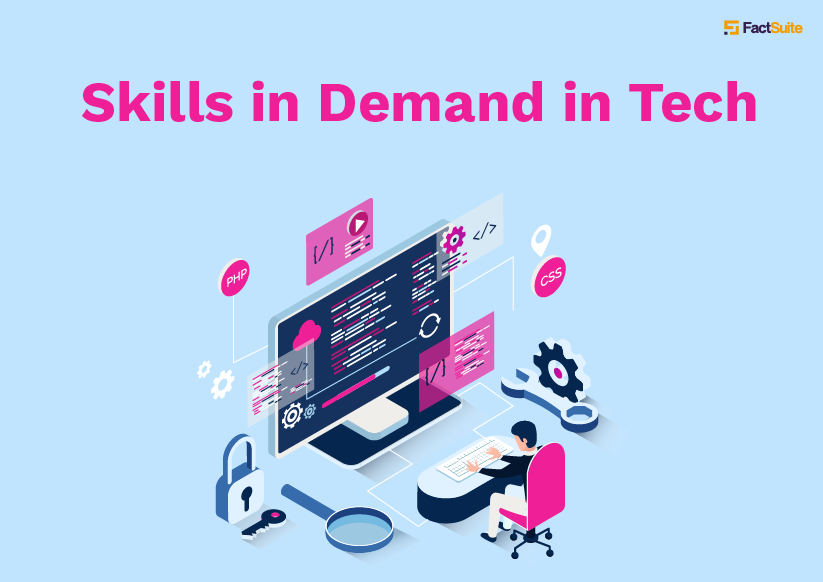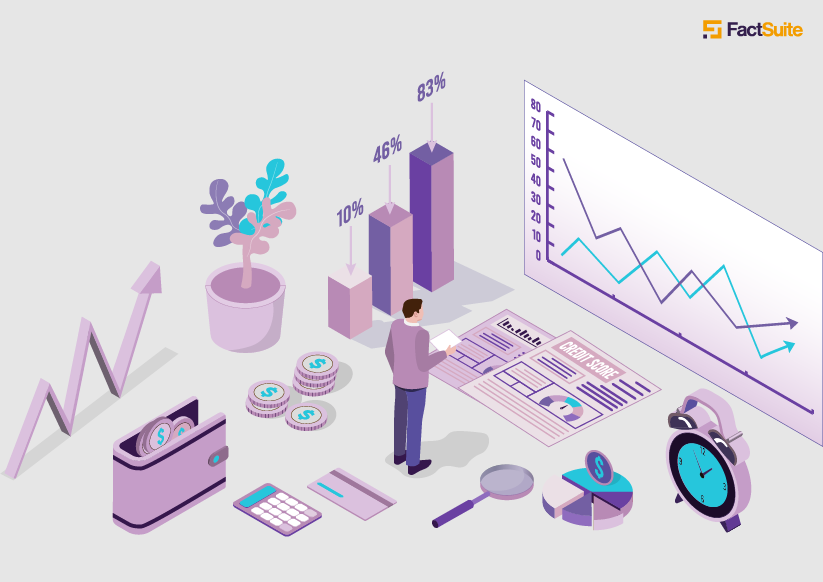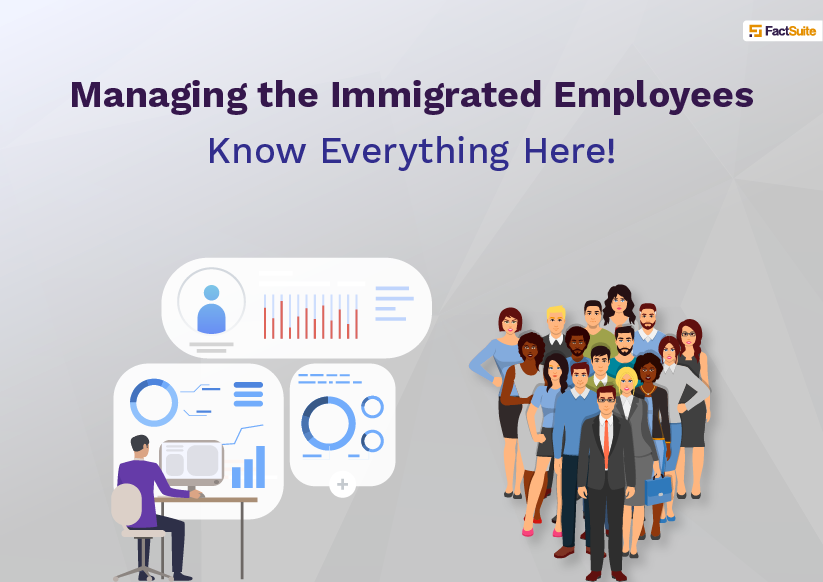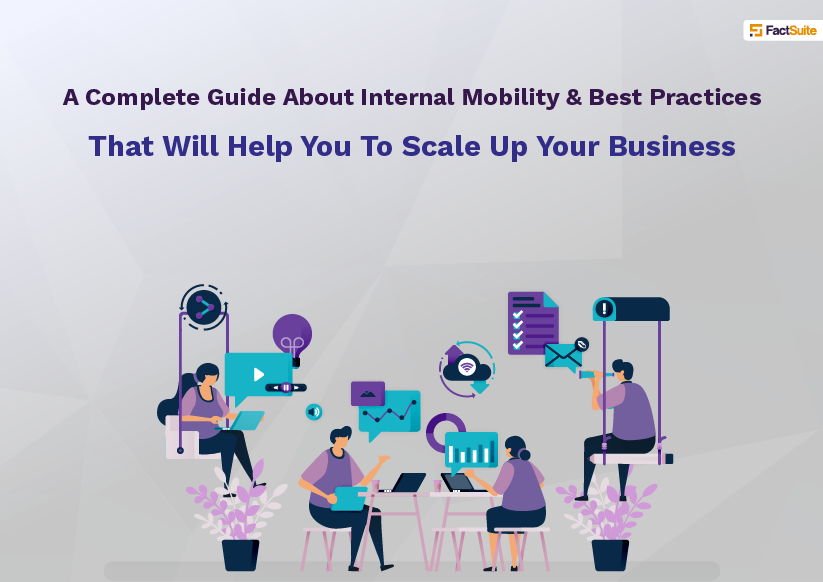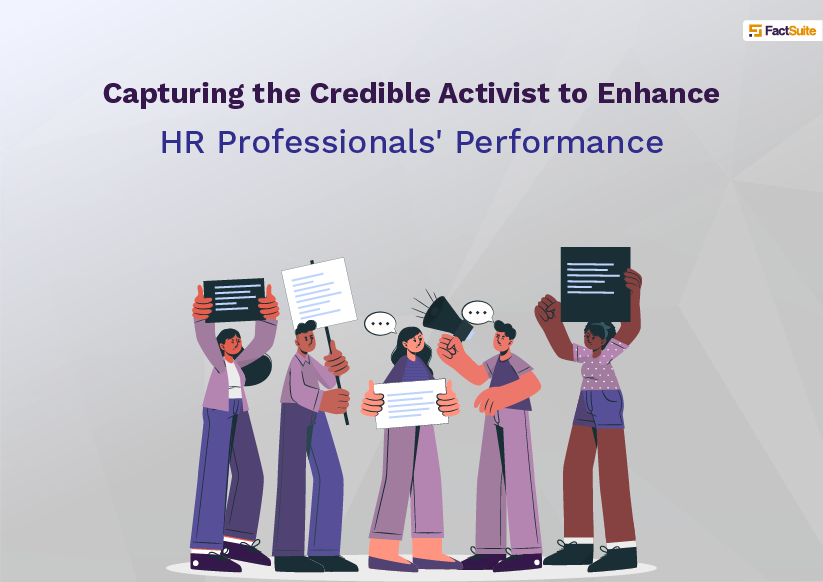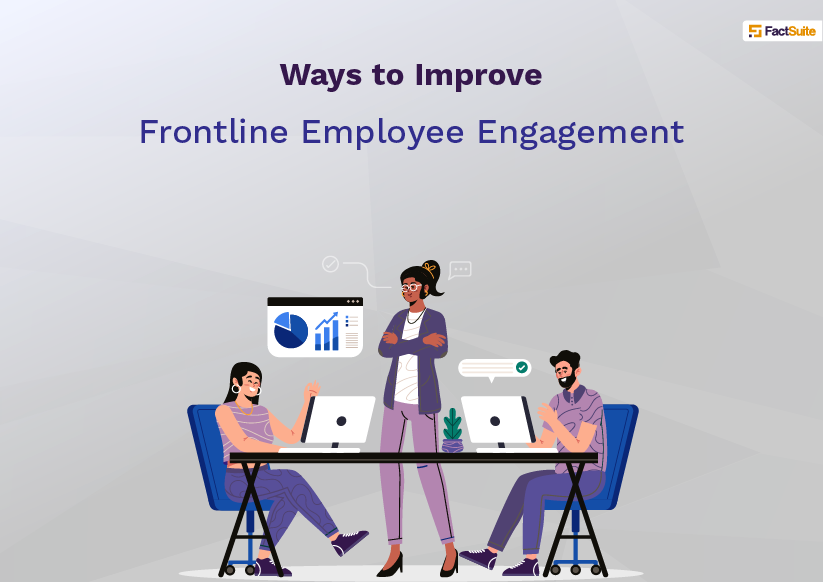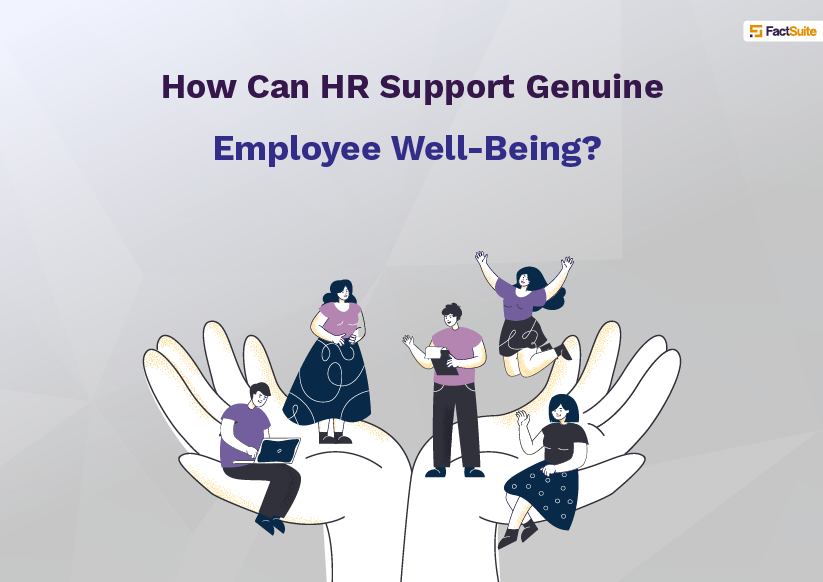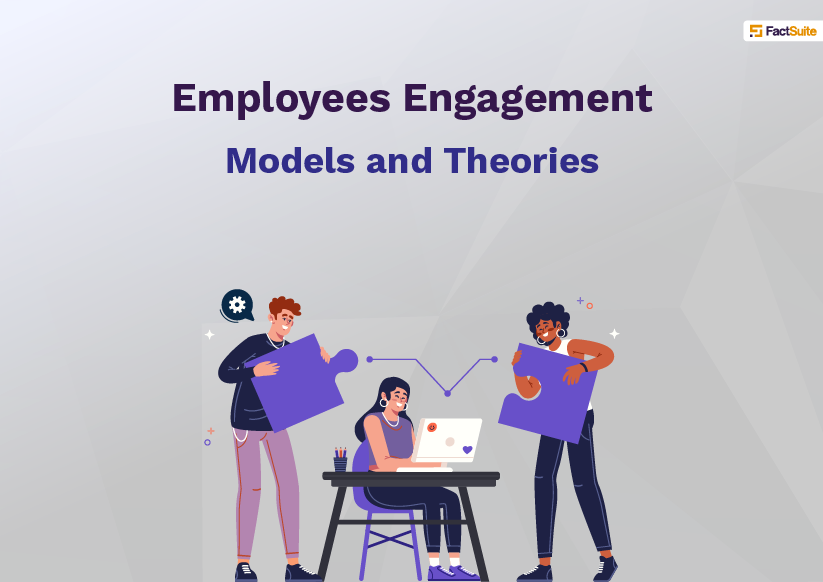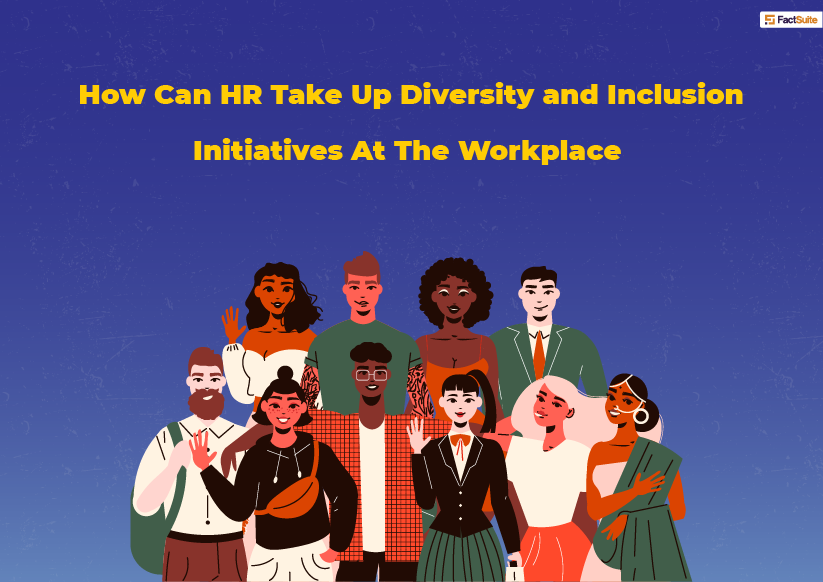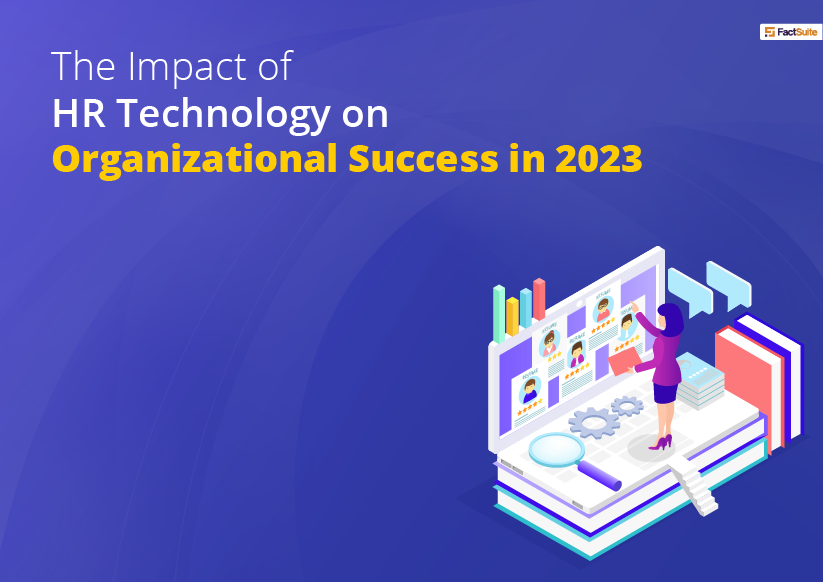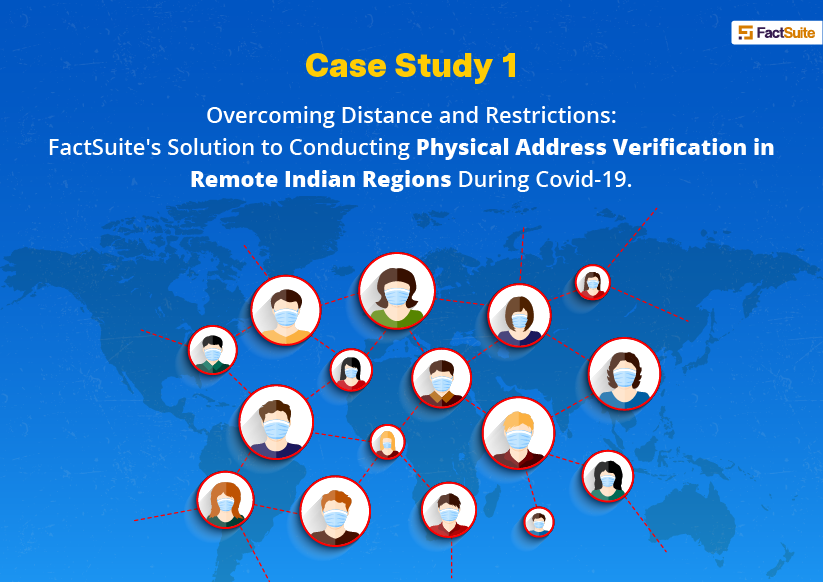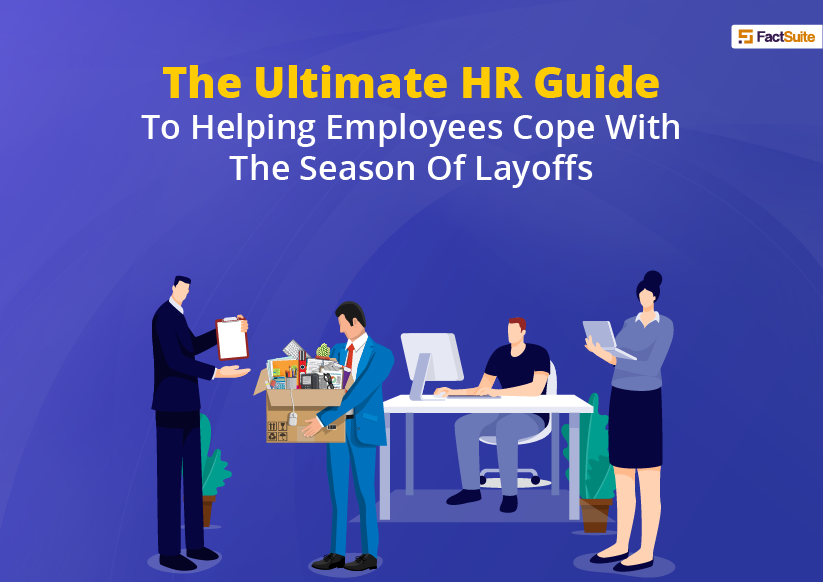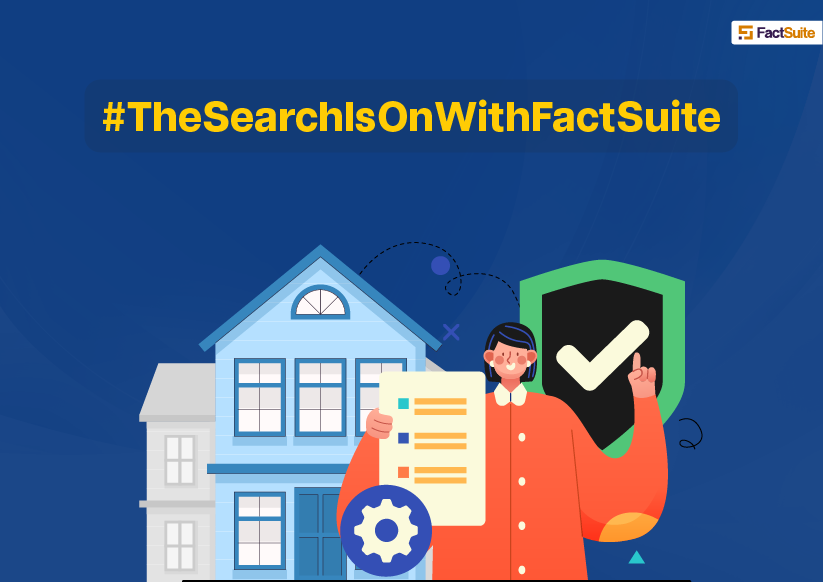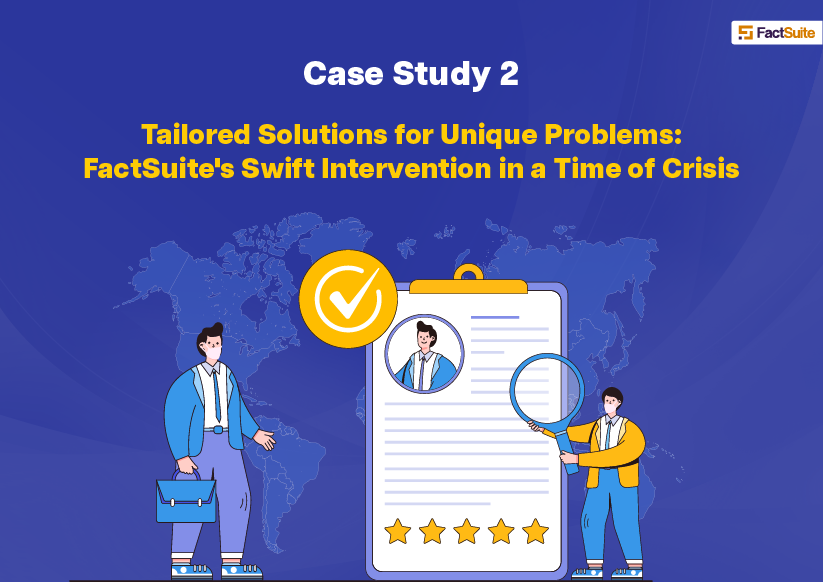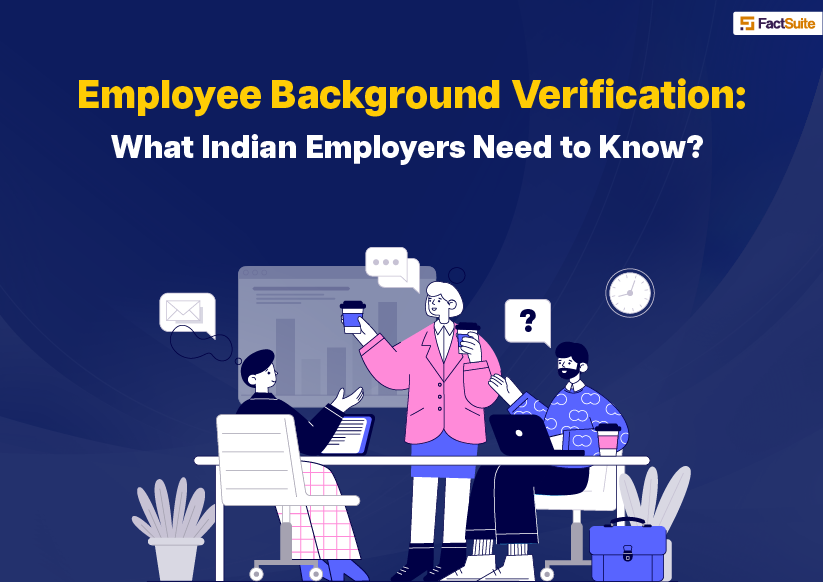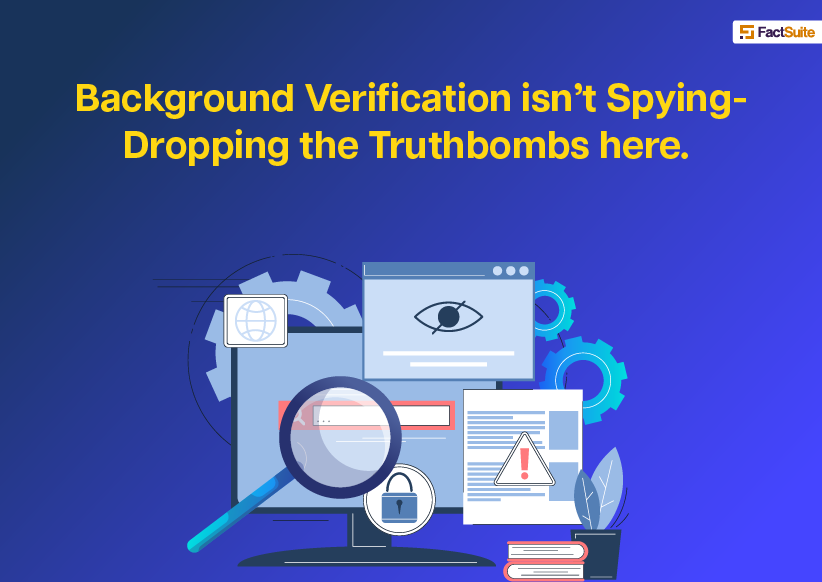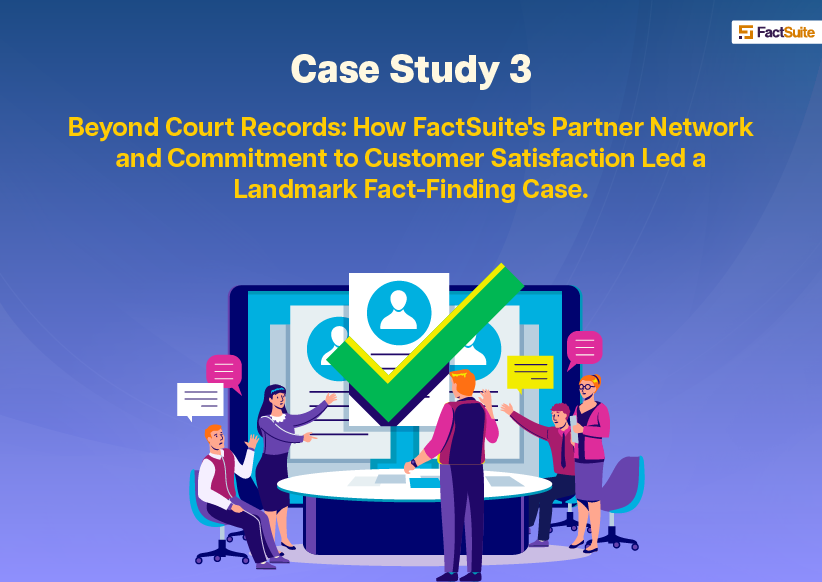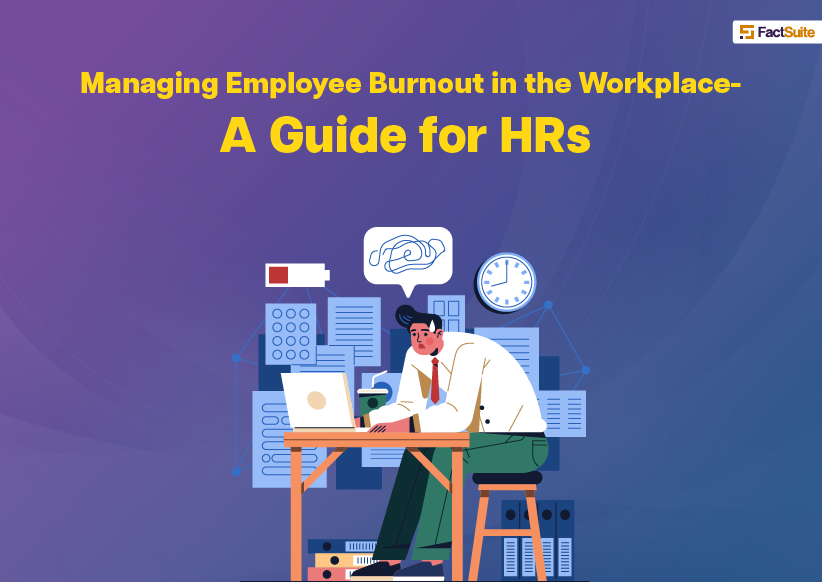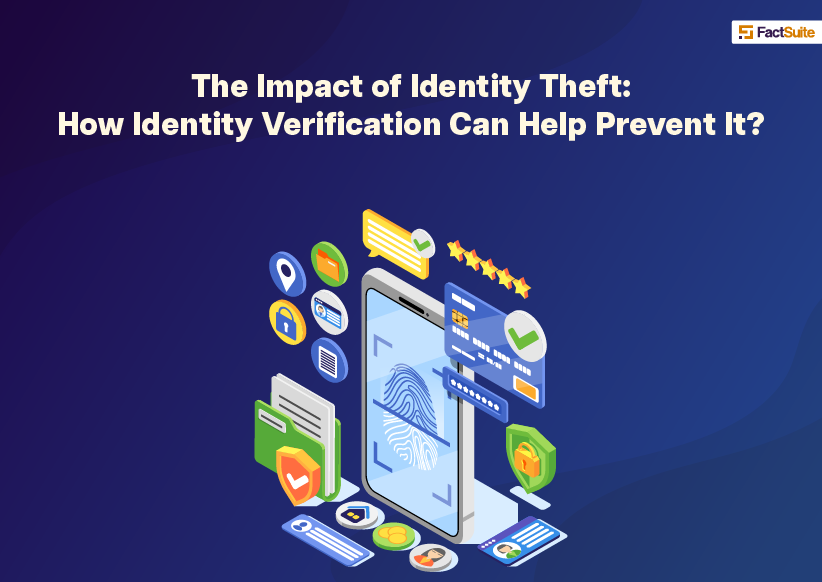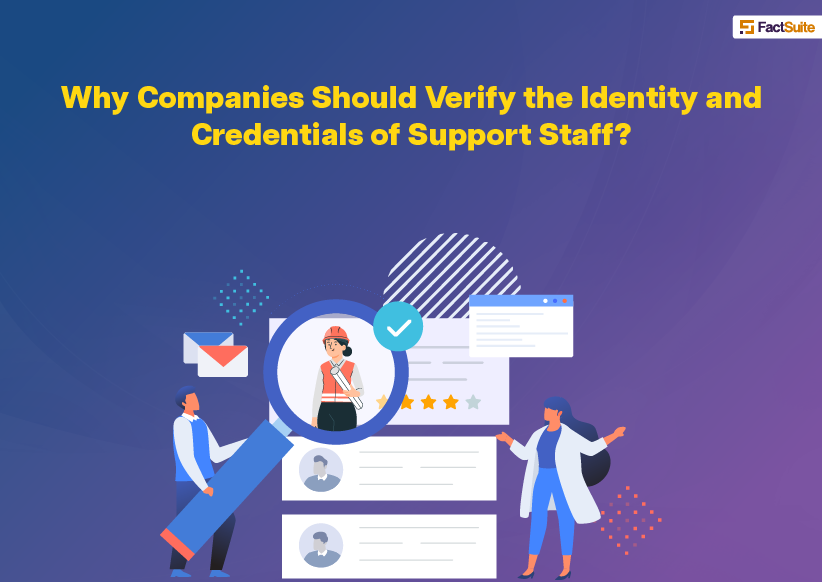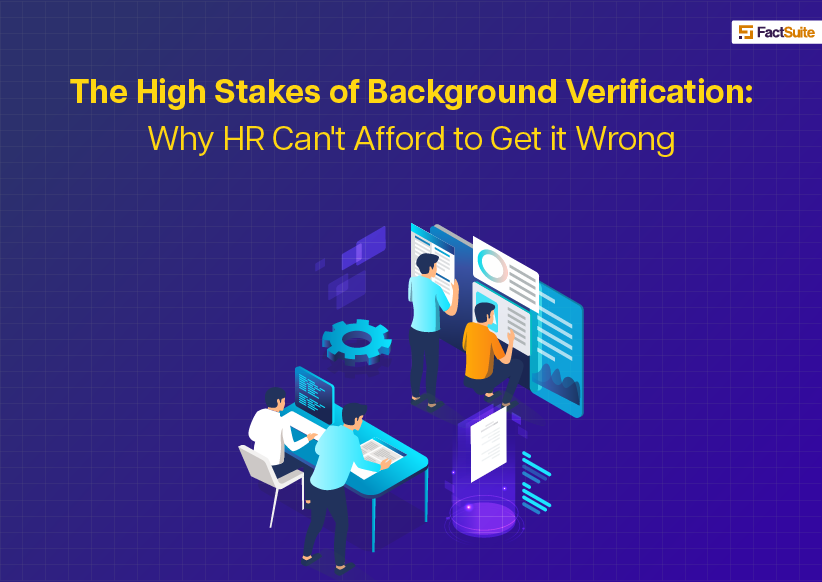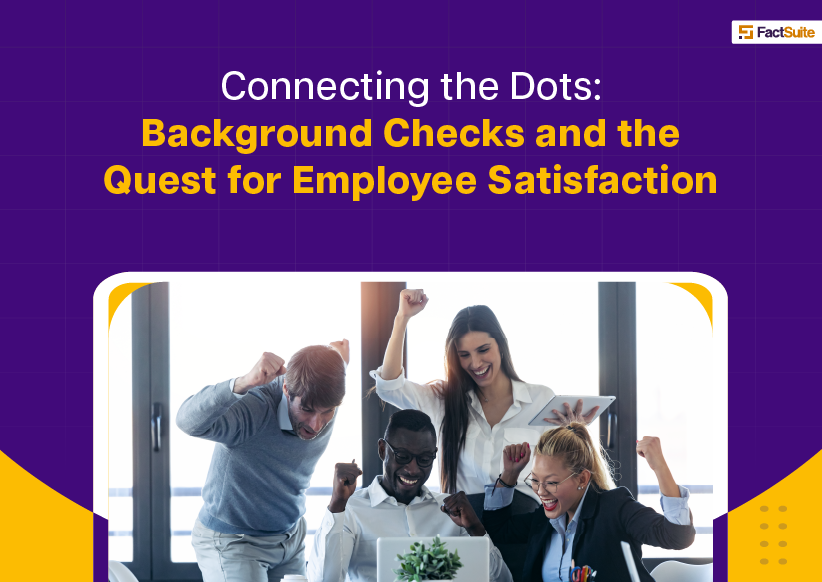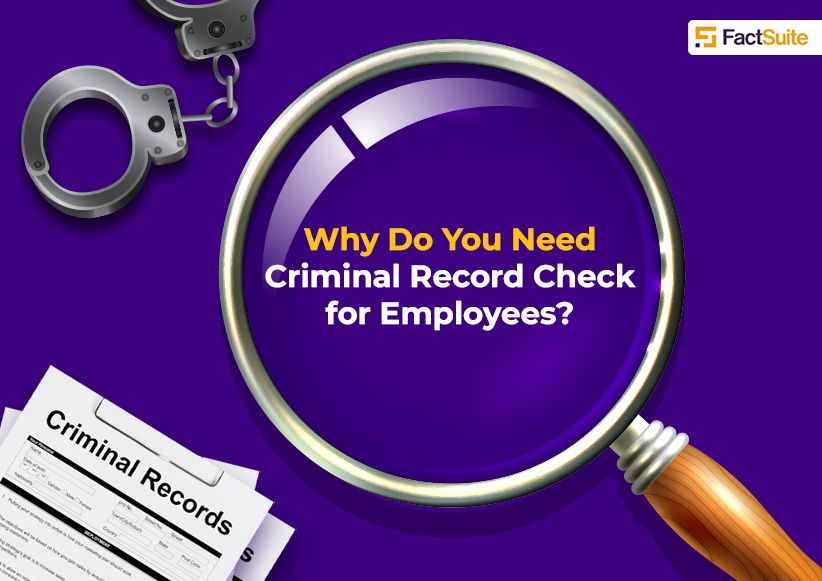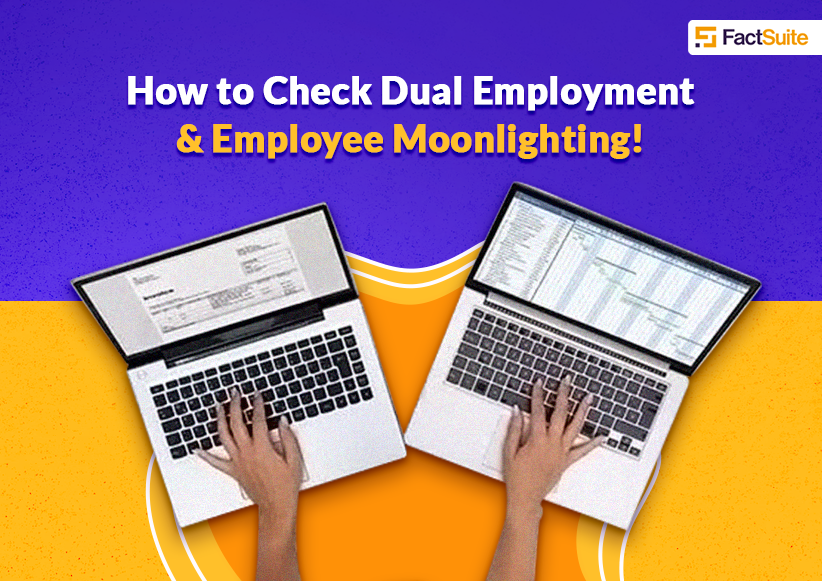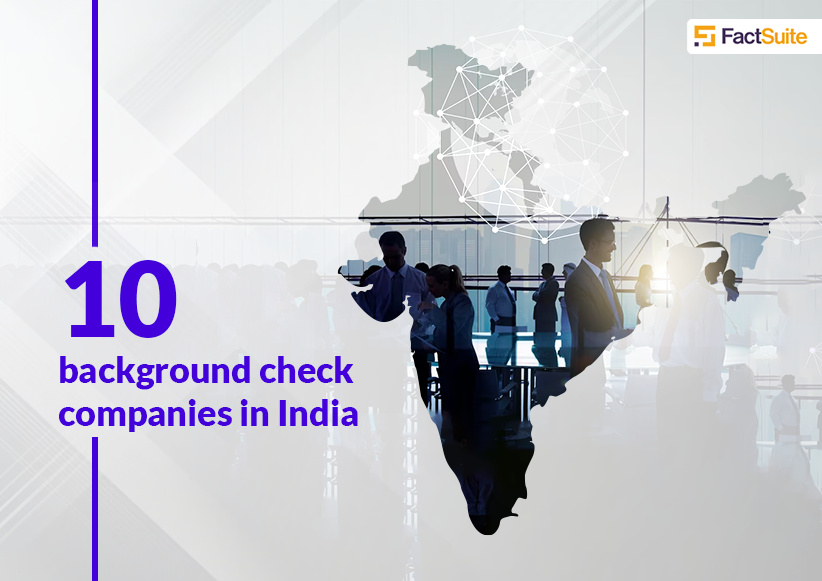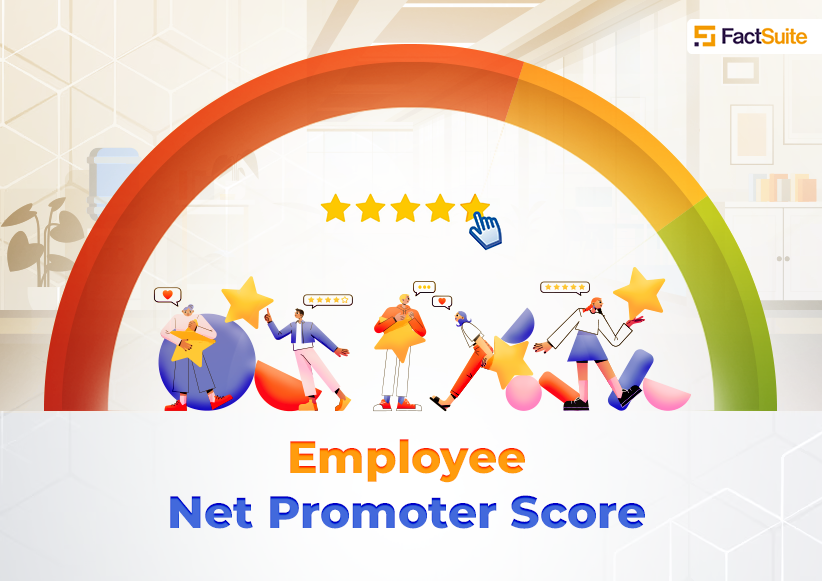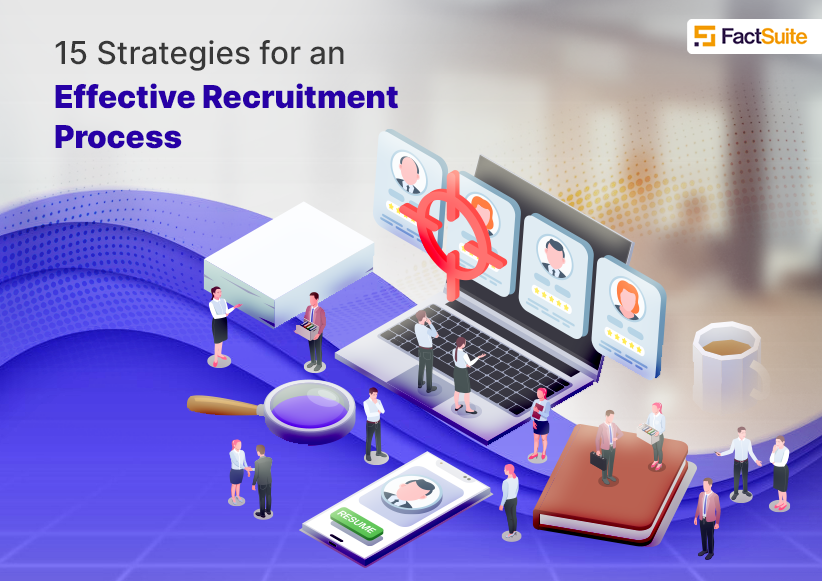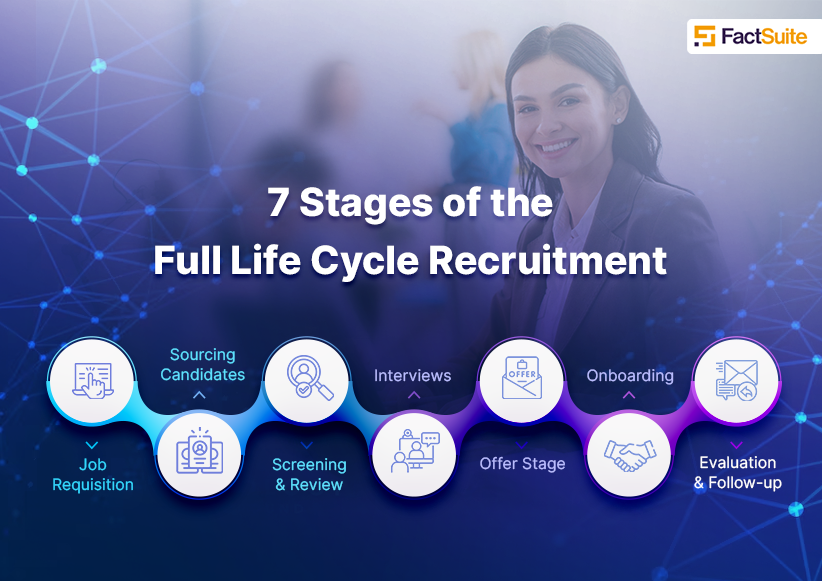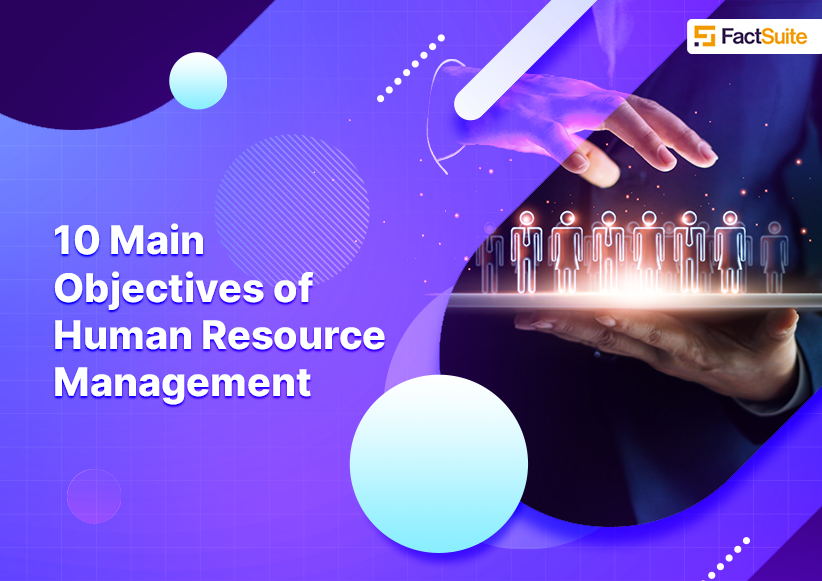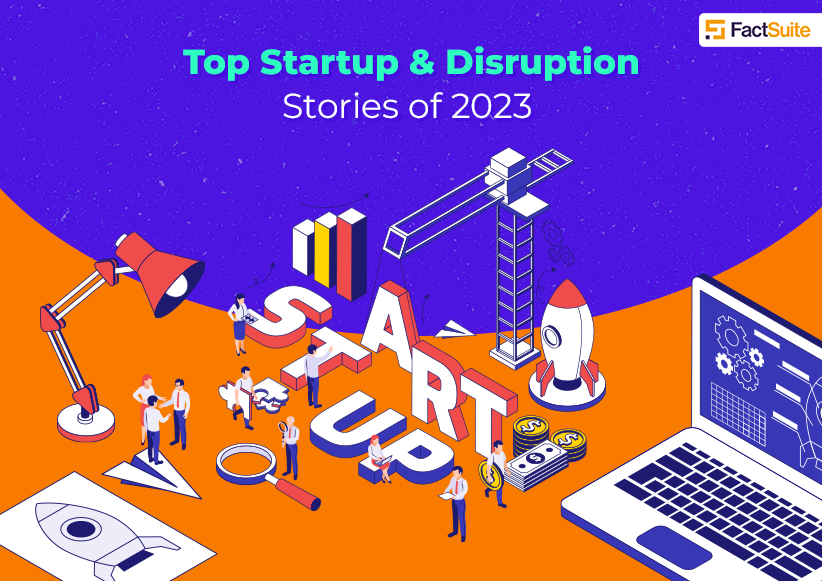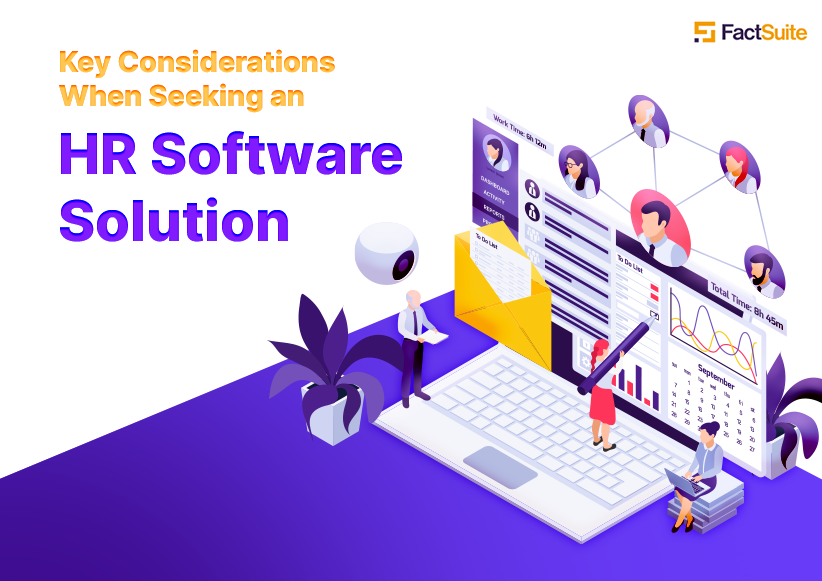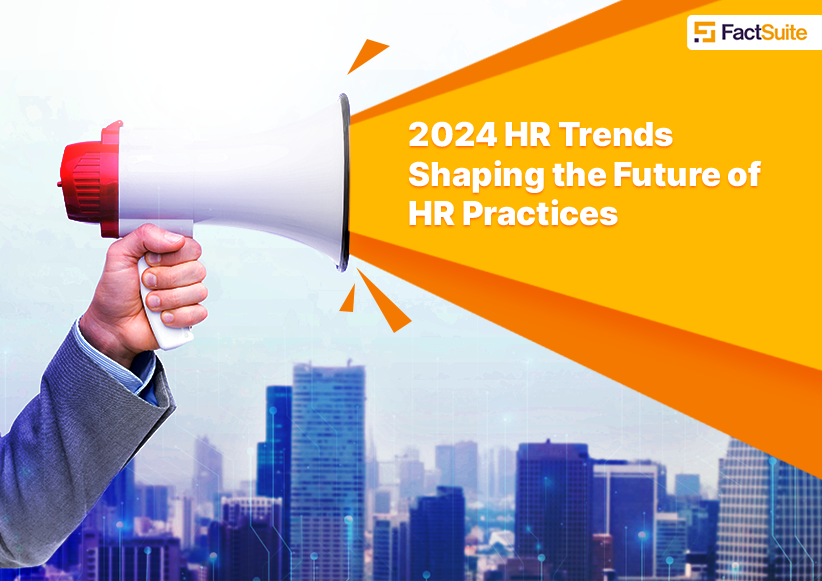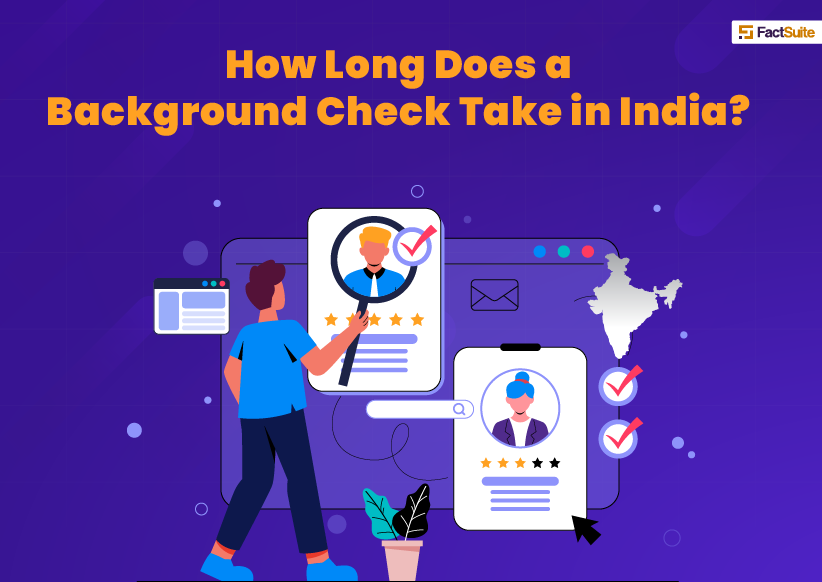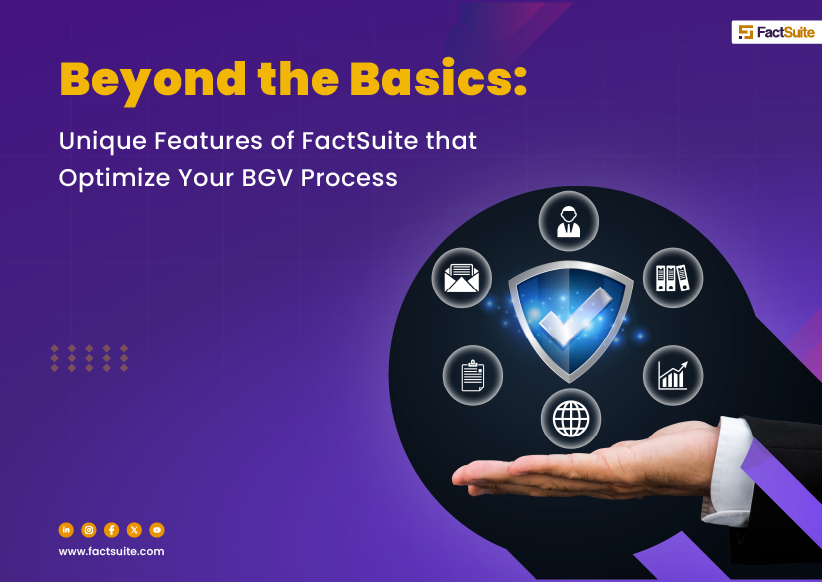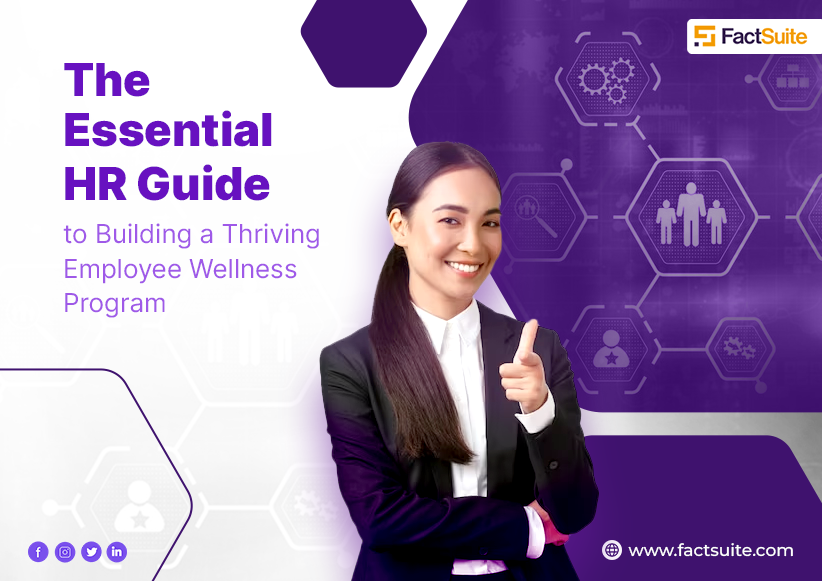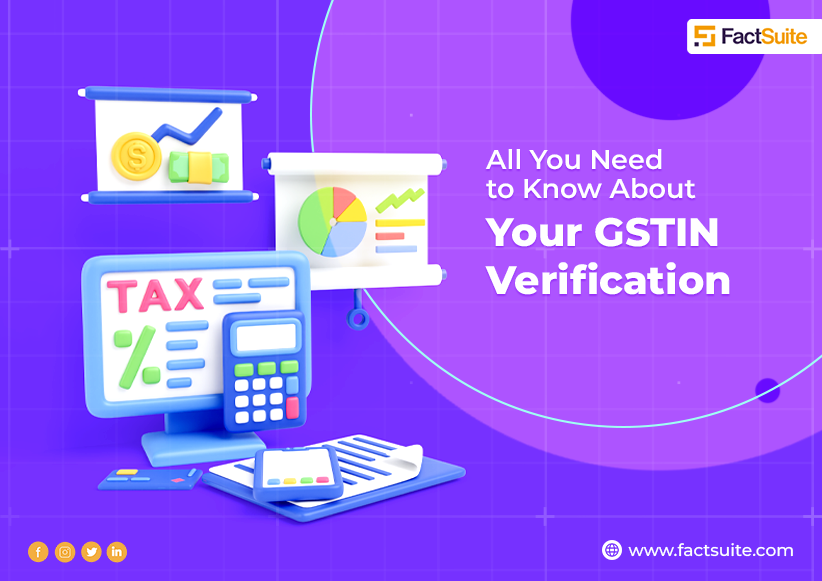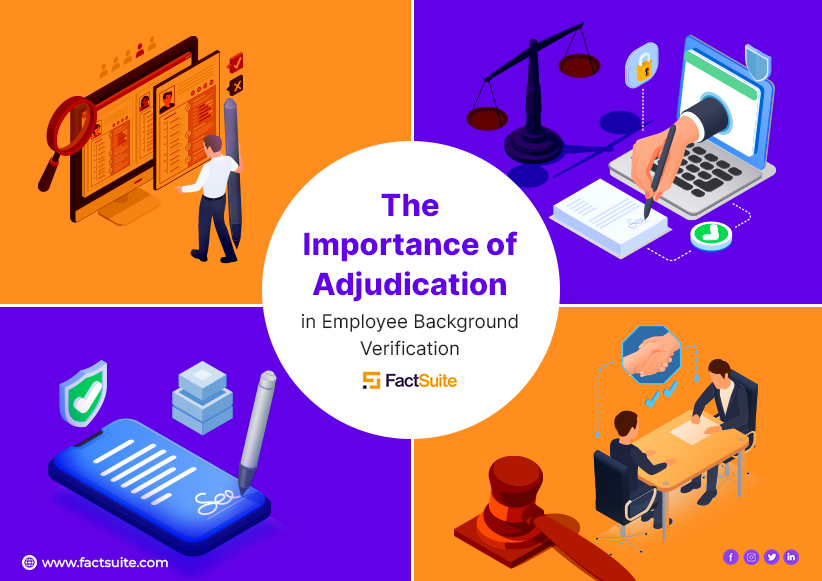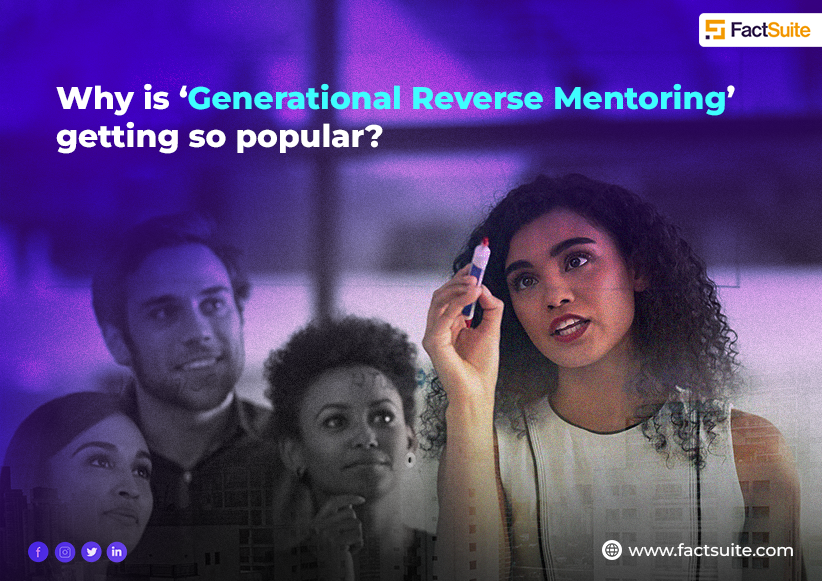Break the Business Biases with Data Driven Decisions
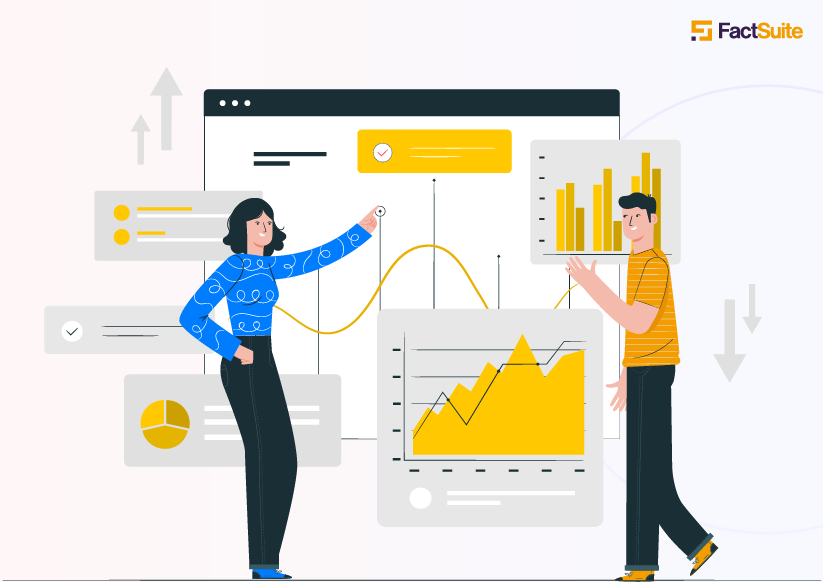
| S.No | Table of Contents |
|---|---|
| 1 | Current Challenges in Recruitment and Hiring |
| 2 | Common recruitment and hiring challenges faced by organizations |
| 3 | Addressing these challenges with data analytics |
| 4 | The basic methodology of data analytics approach |
| 5 | Data analytics affects a number of recruitment related aspects |
| 6 | Data analytics and background verification< |
| 7 | Data-Driven Recruitment and Hiring Strategies |
Data-driven decision-making (DDDM) is described as making strategic business choices based on facts, measurements, and data that are aligned with your goals, objectives, and projects. As a business analyst, a sales manager, or a human resources professional, you are empowered to make better choices based on data every day when firms grasp the full potential of their data.
It is, however, not enough to just choose the right analytics technology to find the next strategic opportunity. Mckinsey Global Institute claims that data-driven firms are not only 23 times more likely to gain consumers, but they are also six times more likely to retain customers.
Your company has to foster a culture of critical thinking and curiosity by crafting data-driven decision-making the standard. Data-based dialogues are commonplace at all levels, and people learn to use data effectively via practice and application.
People need access to the data they need while maintaining security and control as a foundation for this self-service approach. It also necessitates competency; therefore, it's important to provide staff with opportunities to improve their data literacy via ongoing education and training. A network of data-driven decision-makers and executive advocates will inspire others to follow suit.
With these key skills in place, business groups will be more likely to question and examine information in order to uncover significant insights that lead to actionable results.
The significance of making decisions based on data
More data than ever have been gathered, but the complexity of the data has risen as well. There is a difficulty in managing and analyzing data because of this
Many companies are establishing three essential competencies in their efforts to become data-driven: data competence, analytics agility, and a sense of community. A difficult endeavor, but adding data and analytics into the decision-making process will have the most positive influence on your firm.
Your analytics program must be developed and refined in a committed way to achieve this degree of change. When it comes to data-driven decision-making in enterprises, 77% of respondents said the United States was in the lead in 2020.
Six stages for making data-driven choices that work
These stages of the decision-making process may assist you in discovering the "who, what, where, when, and why" of data so that you, your coworkers, and the company as a whole can benefit. Be aware that the visual analysis cycle is non-linear. Often, one inquiry leads to another, requiring you to return to a previous phase or go forward to a new one in order to get new insights.
1. Find out what your company's goals are
This phase requires an awareness of your organization's executive and subsequent aims. These goals might be as explicit as boosting sales and website traffic, or they could be a little more vague, such as raising brand recognition.
For example, this will help you identify key performance indicators (KPIs) and metrics that affect choices made from data—and these will help you choose which data to study and what questions to ask so that your analysis supports important business goals. In the case of a website traffic-boosting marketing effort, the number of contact submissions might be used as a KPI, so sales can follow up with leads.
2. Gather data from critical sources by polling business teams
Achieving long-term and short-term objectives requires involvement from all levels of the company. As a result of these inputs, analysts are better able to frame their research queries and determine the importance of different types of verified data sources.
Your people analytics deployment and future state will be guided by valuable contributions from throughout the business, including the roles, responsibilities, architecture, and procedures, as well as the success metrics to assess progress.
3. Identify the alliances and partnerships required to finish the research
Is there enough internal knowledge and resources to develop and evaluate the study? Decide on what kind of aid the organization will require and which partner will be the greatest fit, and what each party's role in the cooperation will be.
4. Visualizing your data is an essential part of data-driven decision-making (DDDM)
You'll have a higher chance of persuading senior management and other employees to change their minds if you offer your ideas in a visually compelling manner.
An easy-to-understand method of analyzing data is via the use of visuals like charts, graphs, and even maps. Bar charts, maps, line graphs, scatter plots, and more may all be used to show data in a clear and understandable way, depending on the sort of data being compared.
5. Gain new perspectives
Finding insights in data and conveying them in an interesting and helpful manner is a key part of critical thinking with data. The use of visual analytics allows you to ask and answer questions about your data in a more natural way. Make a list of things that might help you succeed or solve an issue.
6. Take action and let others know what you've learned
You must take action or collaborate with others if you acquire an insight. It is possible to do this by distributing dashboards to all of your employees. Using informative text and interactive visualizations to highlight critical insights may influence your audience's choices and help them take more-informed actions in their day-to-day job.
Organizational Success and Data-Driven Decision Making
According to the processes above, the vast majority of them do not create any statistics. Rather than discourage new data analysts from expanding their skill set, the bulk of these actions aim to help them do so. Data may be analyzed and understood holistically, and insights can be provided on the basis of this process, which aids professionals in their work.
Let's say you're a fan of Netflix. The firm began as a mail-based DVD-sharing service and developed to become one of the most successful businesses in the world today based on data-driven decision-making. Netflix would not have been able to make such a significant move without data. Furthermore, if that choice had not been made, the firm would not have grown as quickly or as quickly as it did.
Another striking example is Amazon. What began as a small online bookshop has grown into a large online marketplace for just about everything you could possibly need or desire. It's not clear what prompted them to take such big risks. As a consequence of data collecting and the conclusions drawn as a result, large (and successful) rebranding efforts have been undertaken.
Netflix and Amazon would be little more than a basic online bookshop if not for the data-driven approach to decision-making. To summarise, this business decision strategy has rendered all previous approaches obsolete. It would be silly not to make data-driven judgments in today's data-driven environment.
Learning to Make Data-Driven Decisions
Anyone who works in a data-oriented position should be familiar with the process of data-driven decision-making. Novice data-driven companies who wish to be more involved in their company's decision-making process should familiarise themselves with the term "data-driven."

